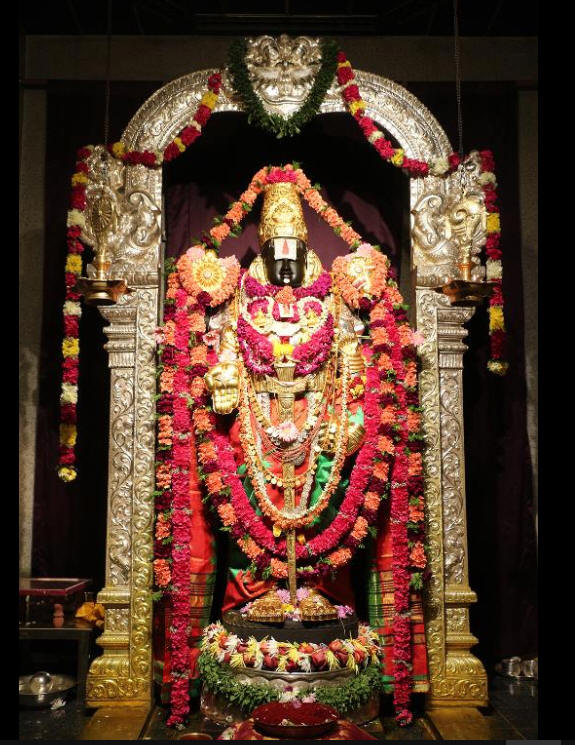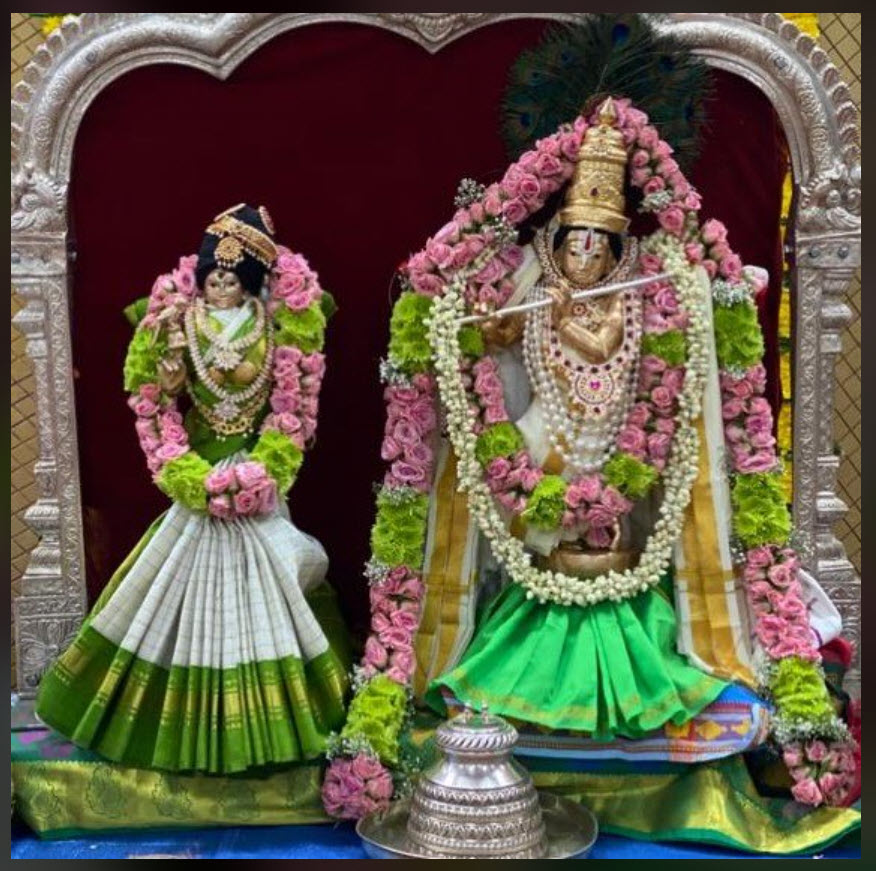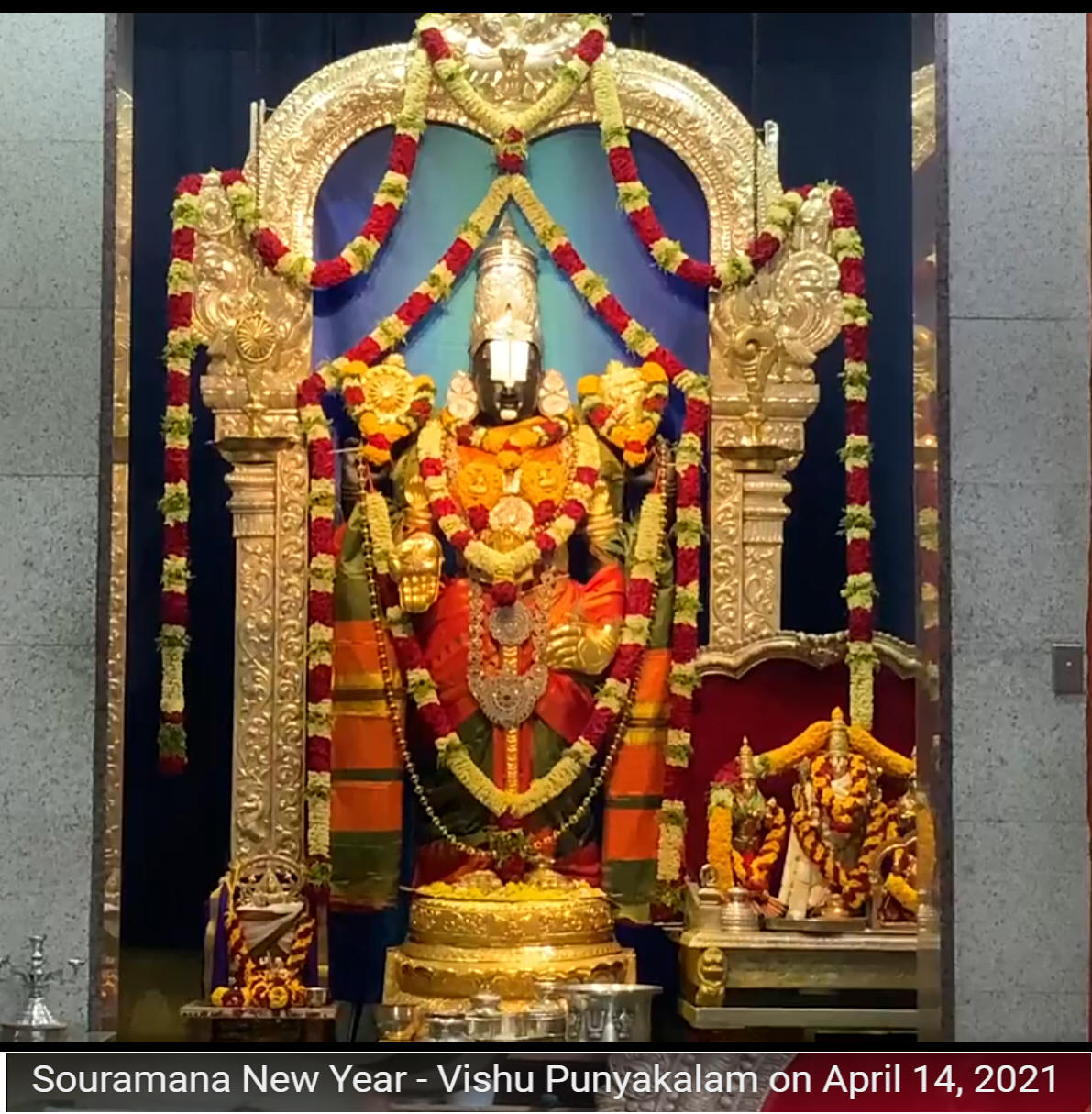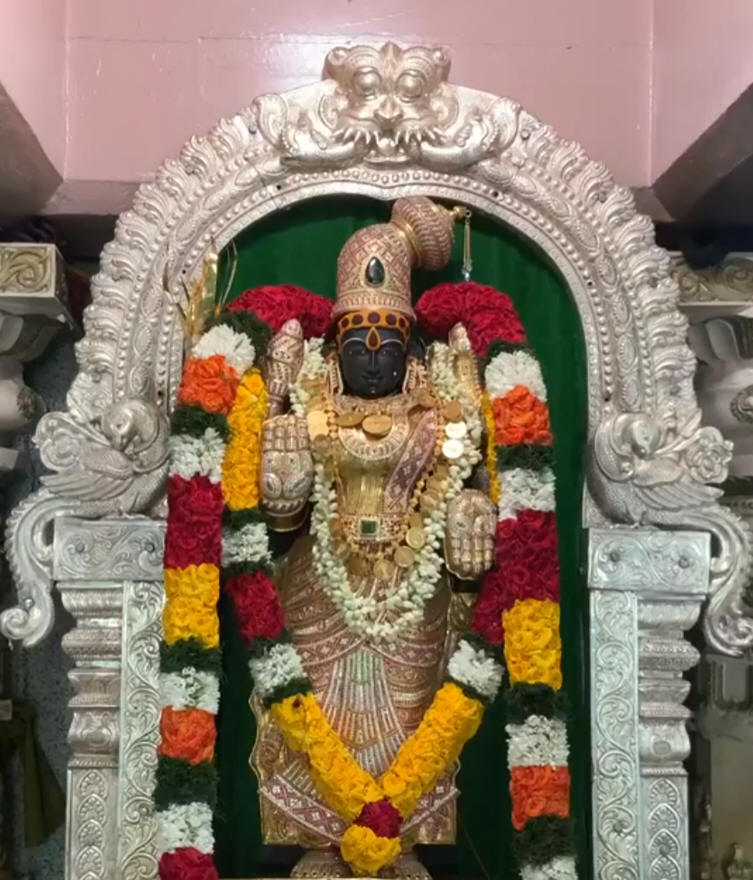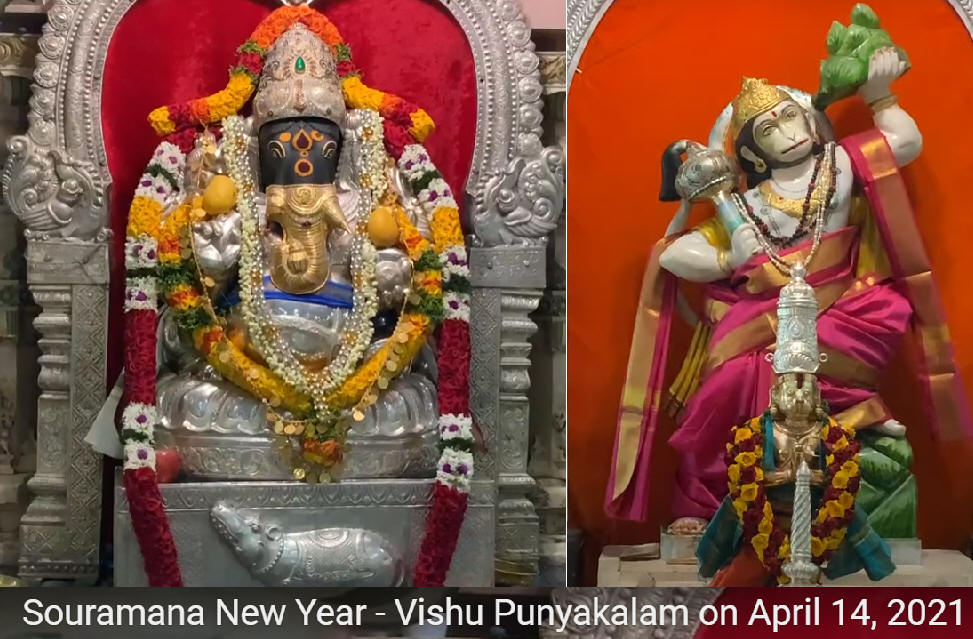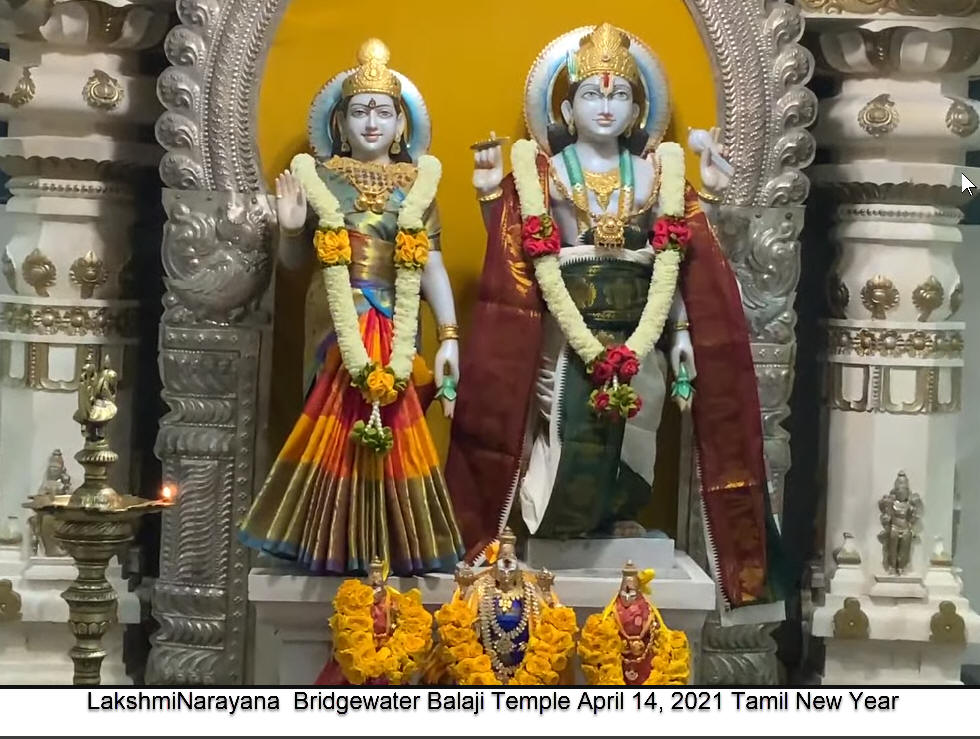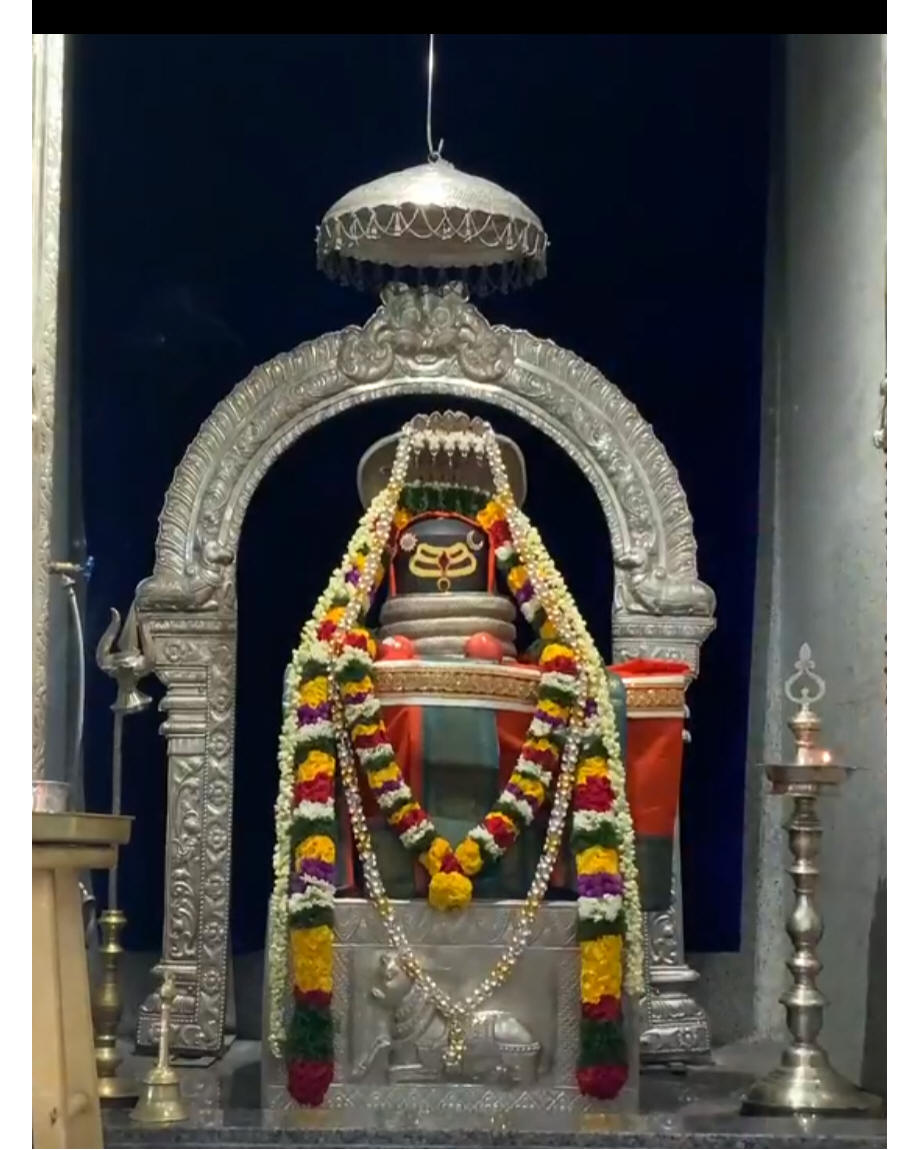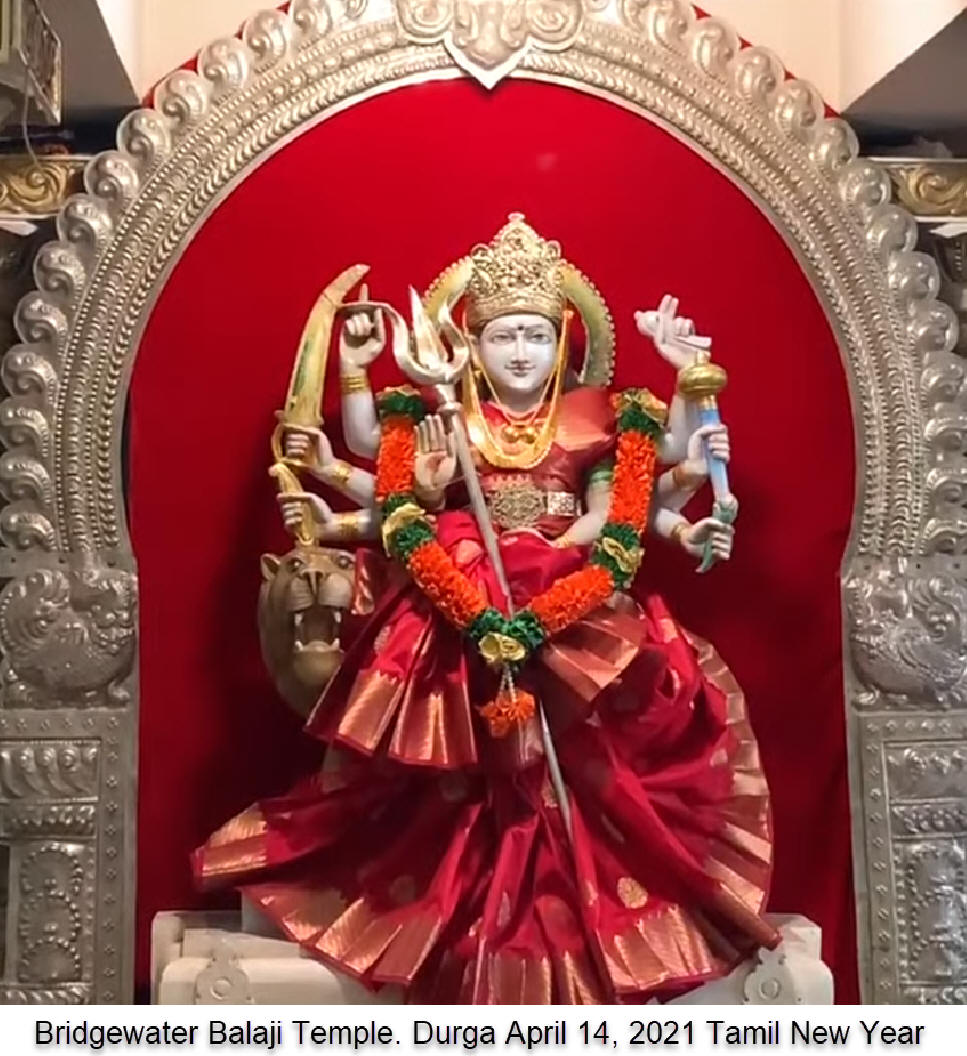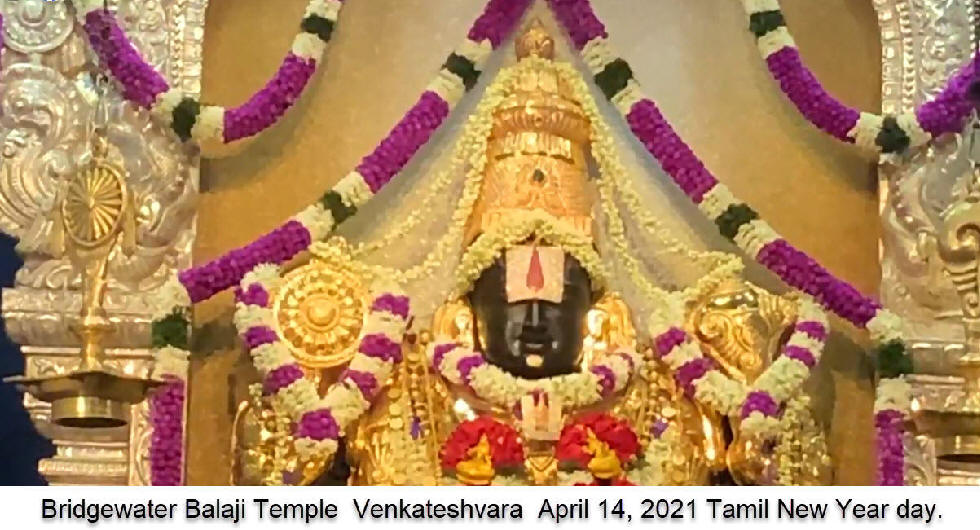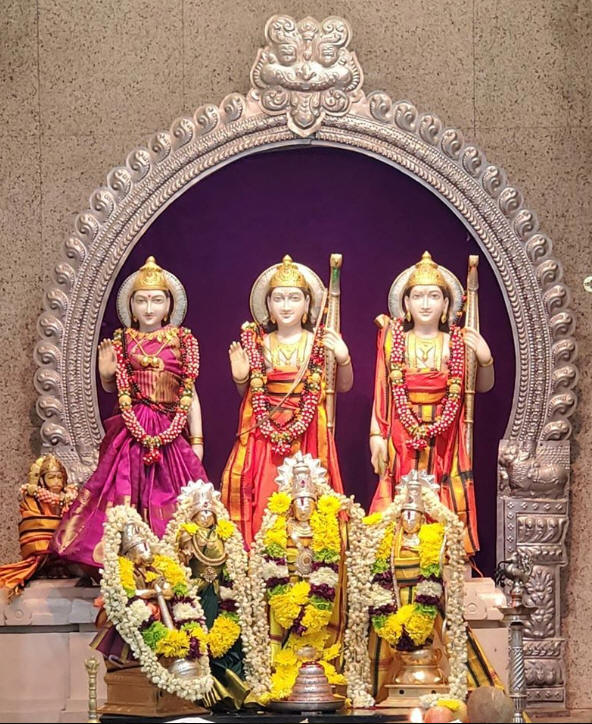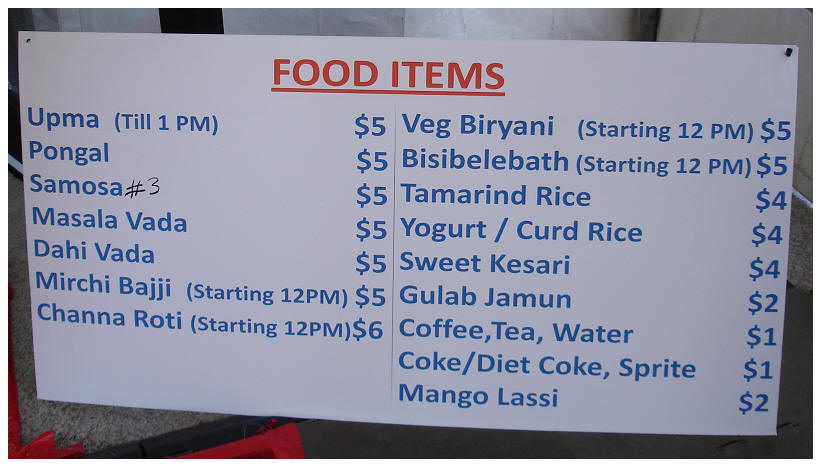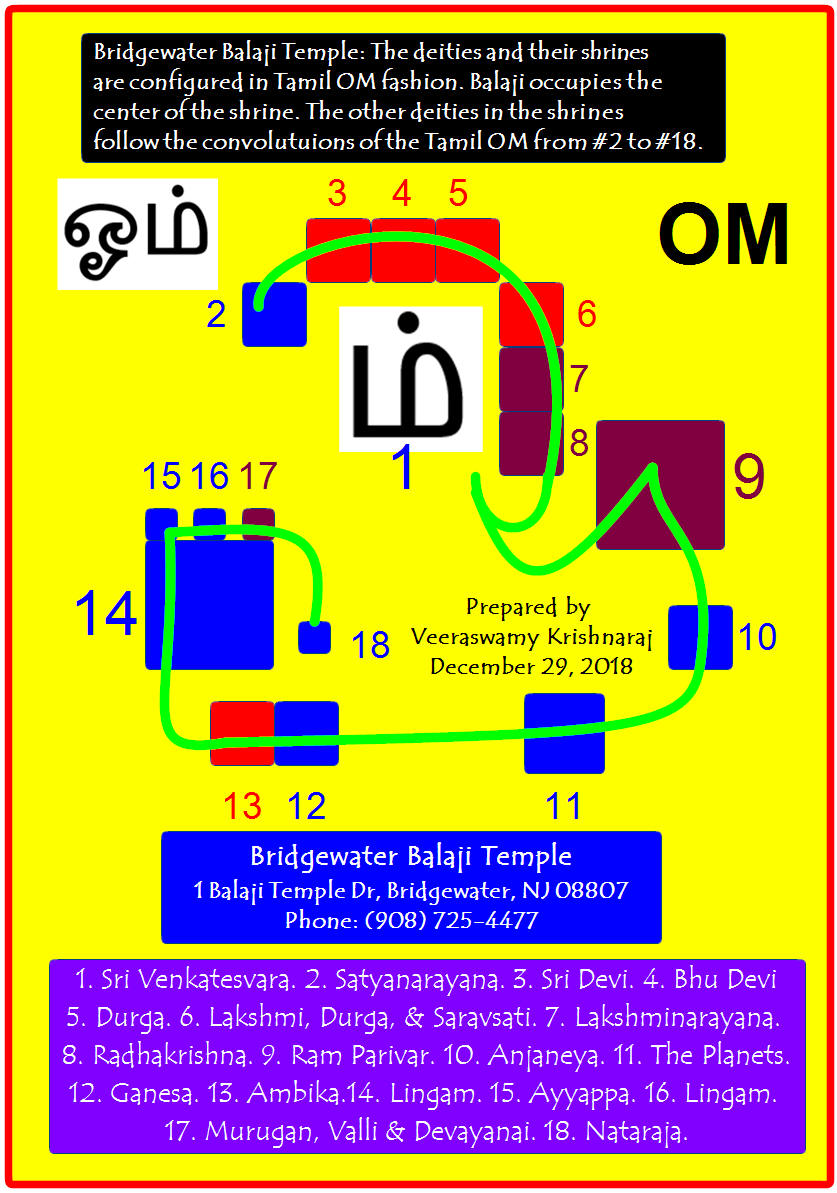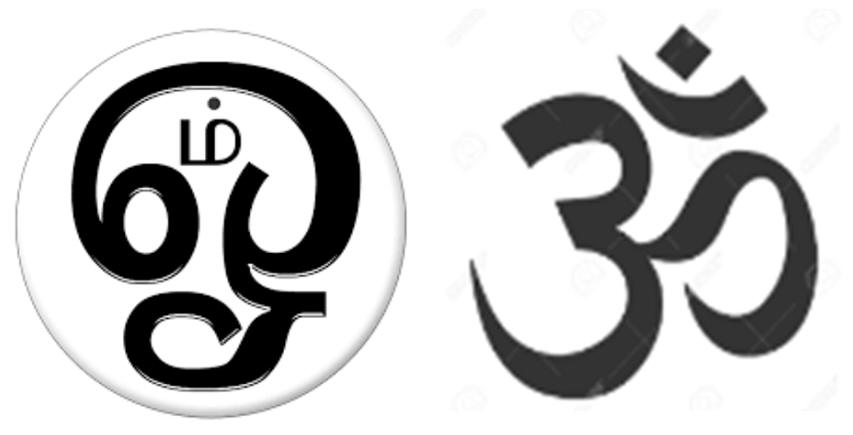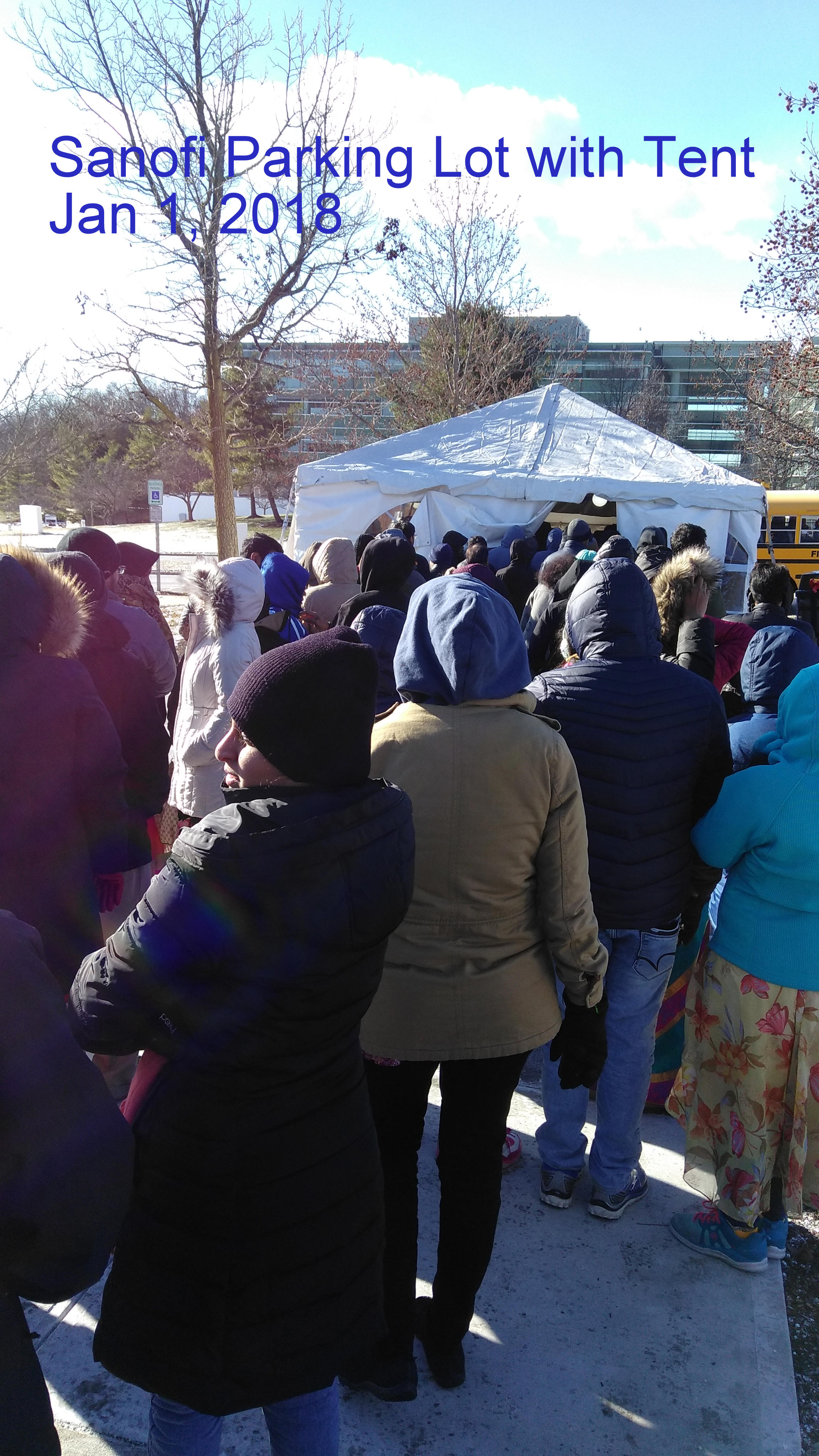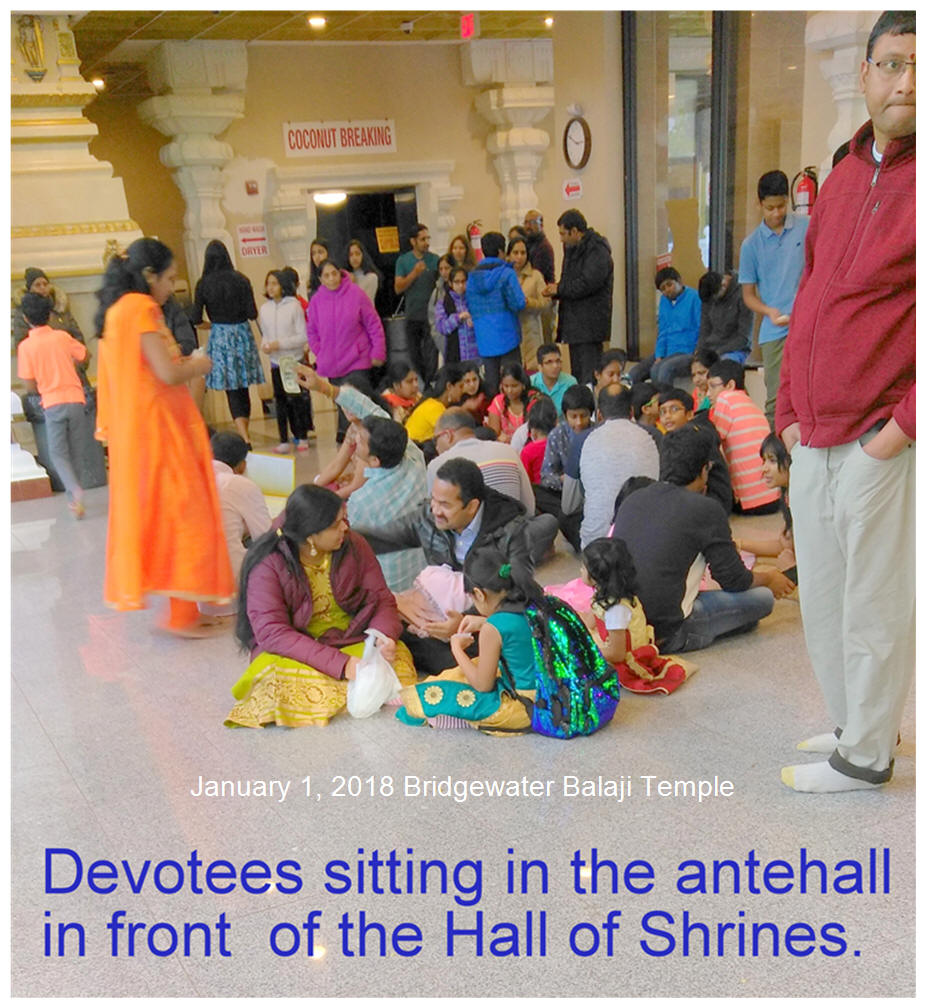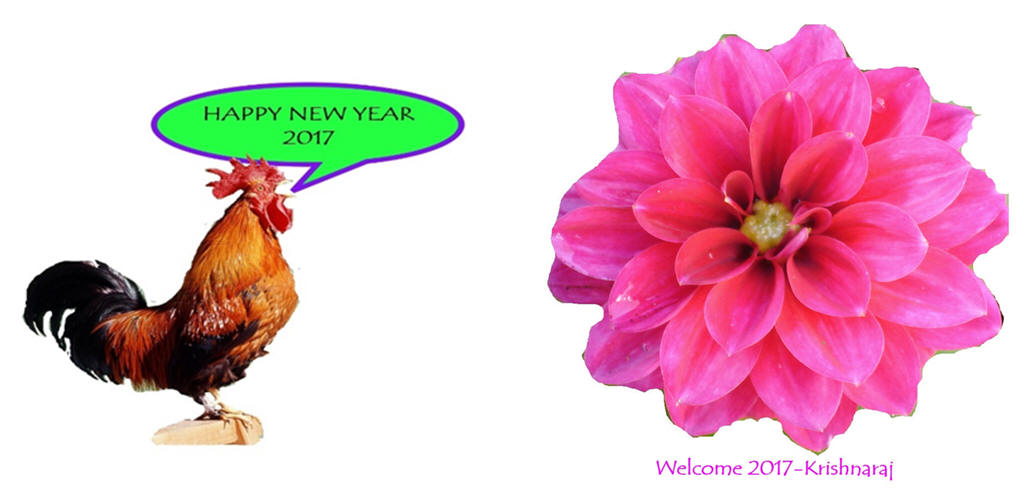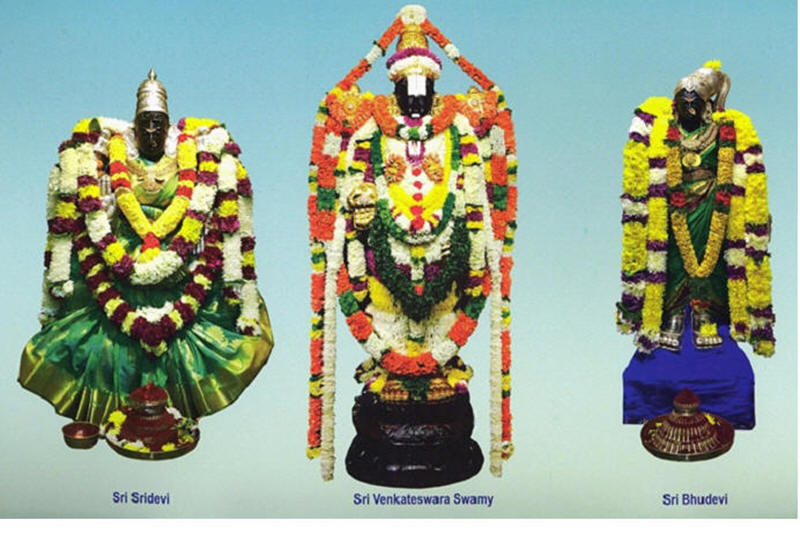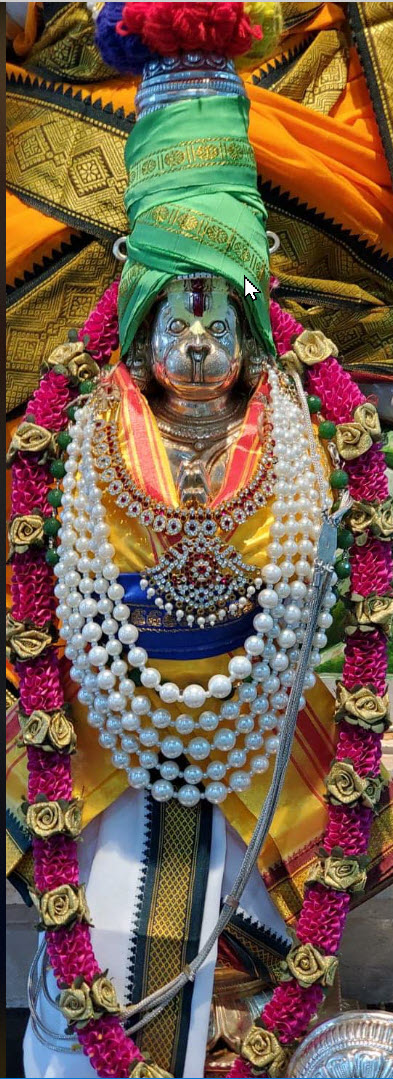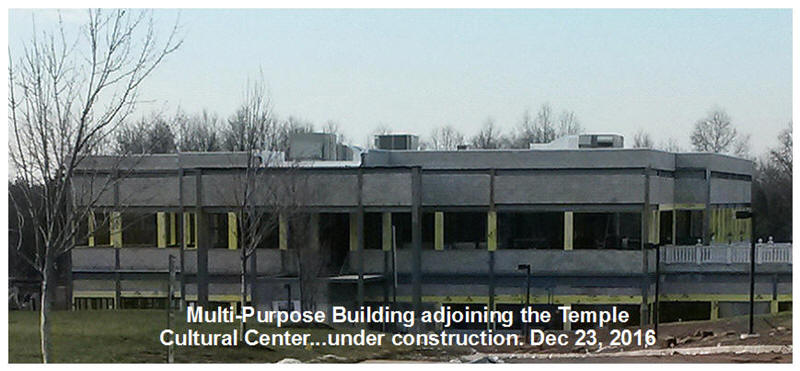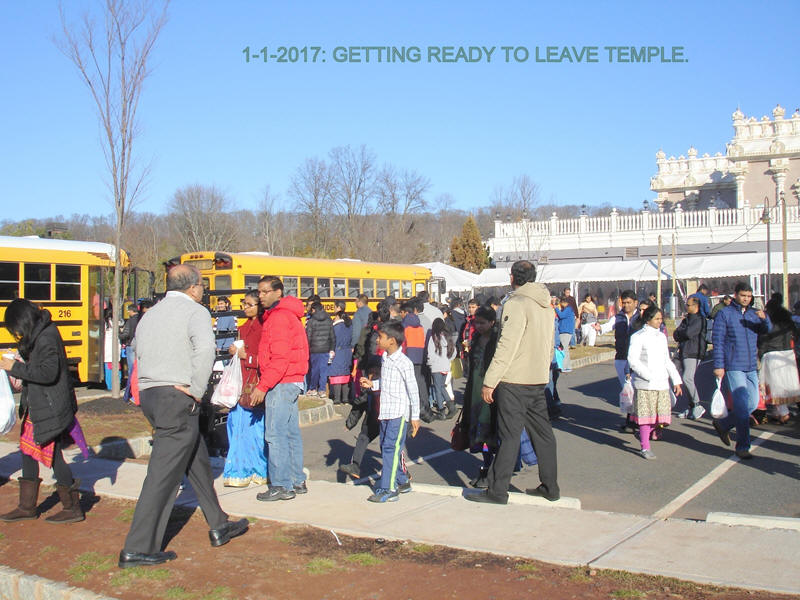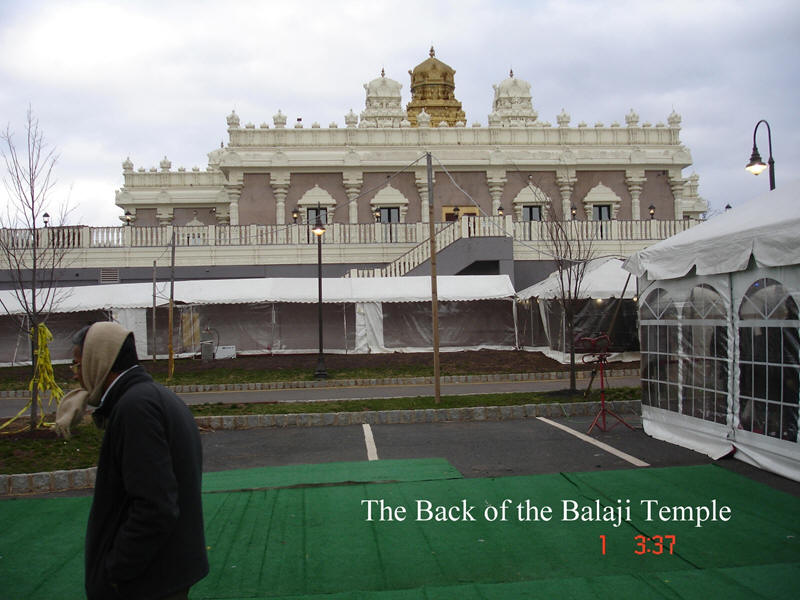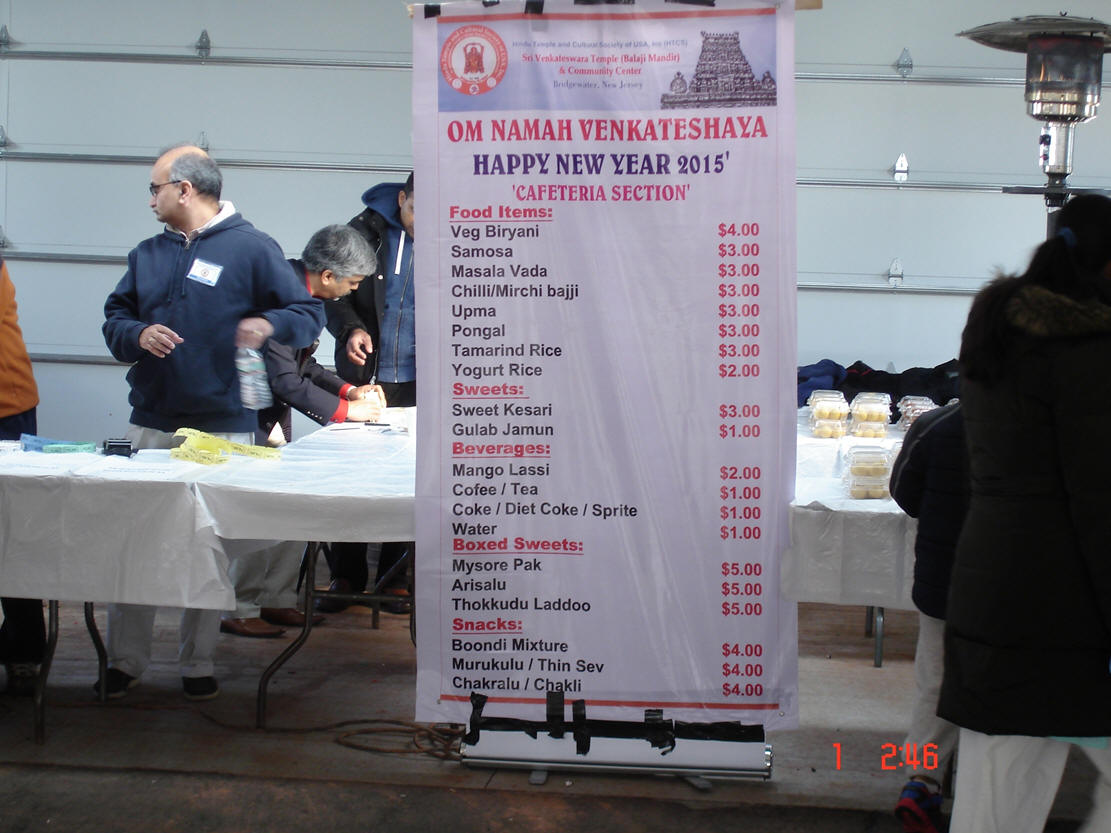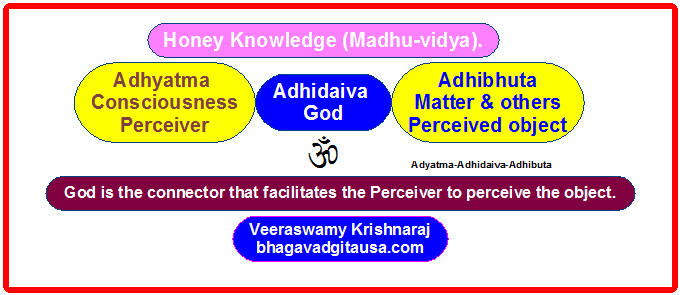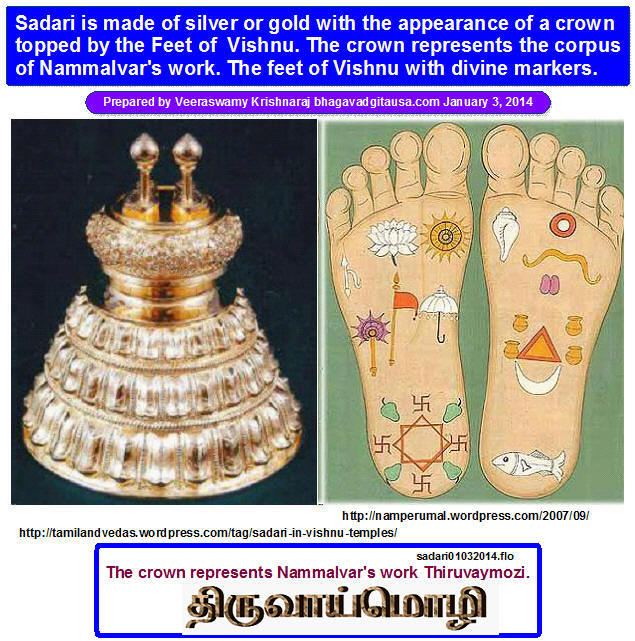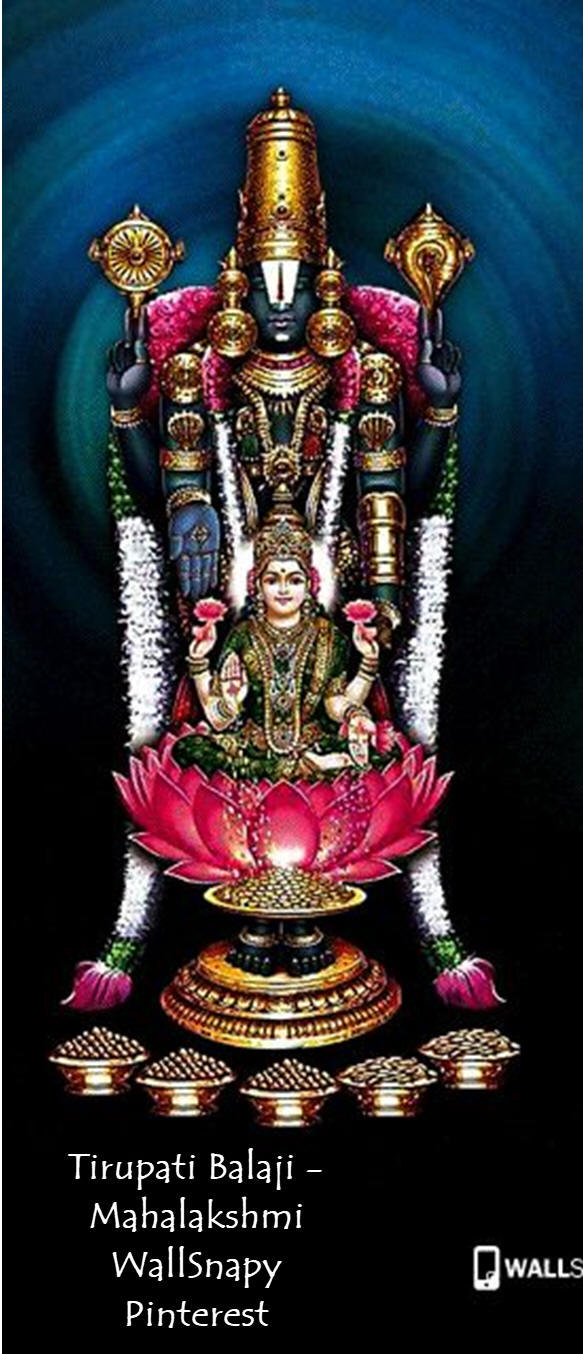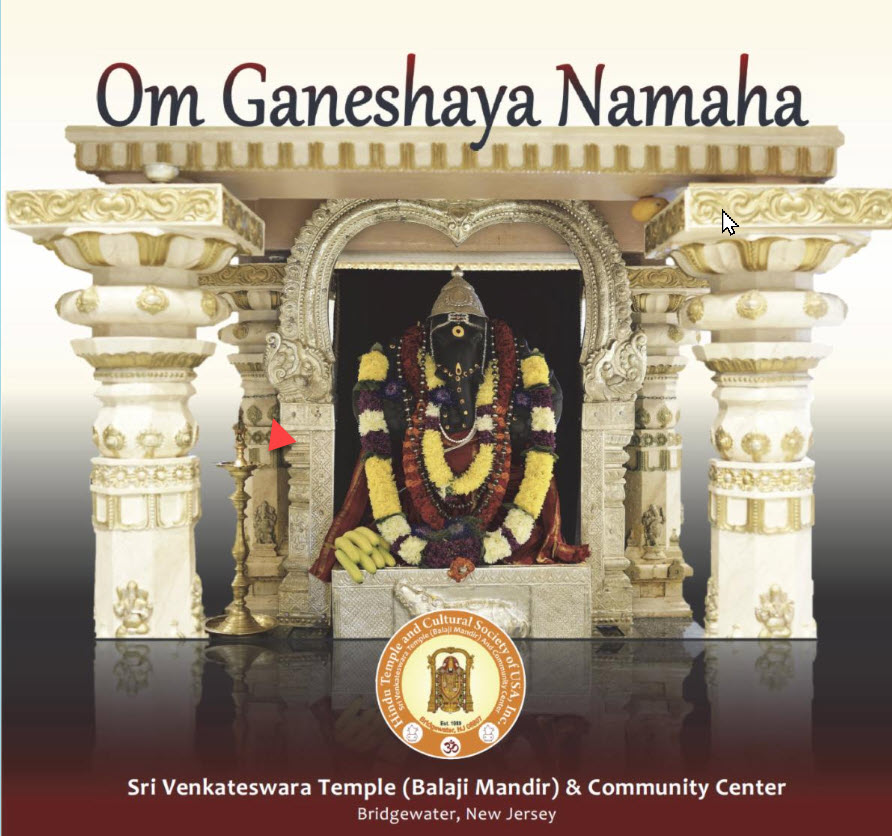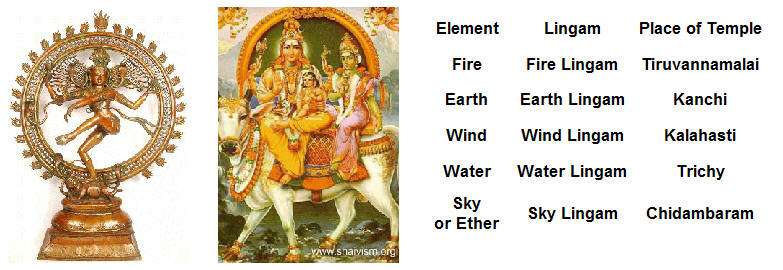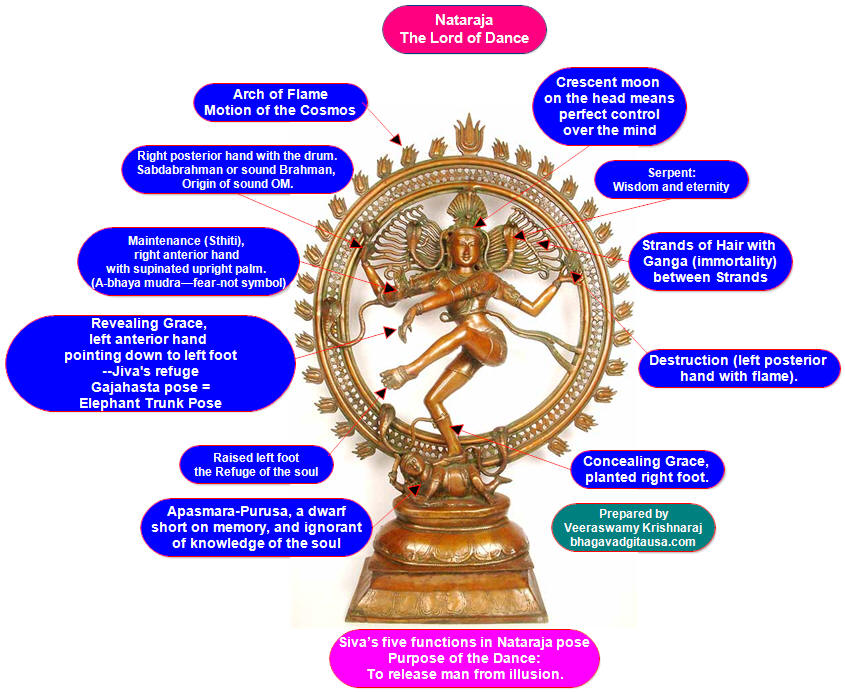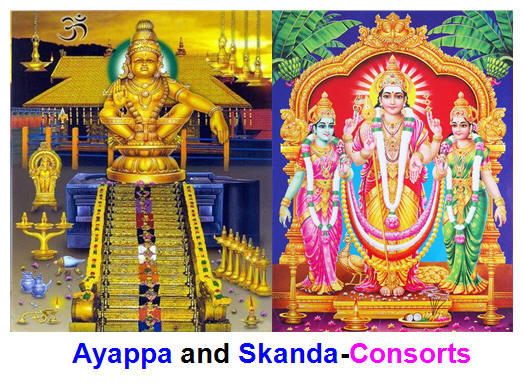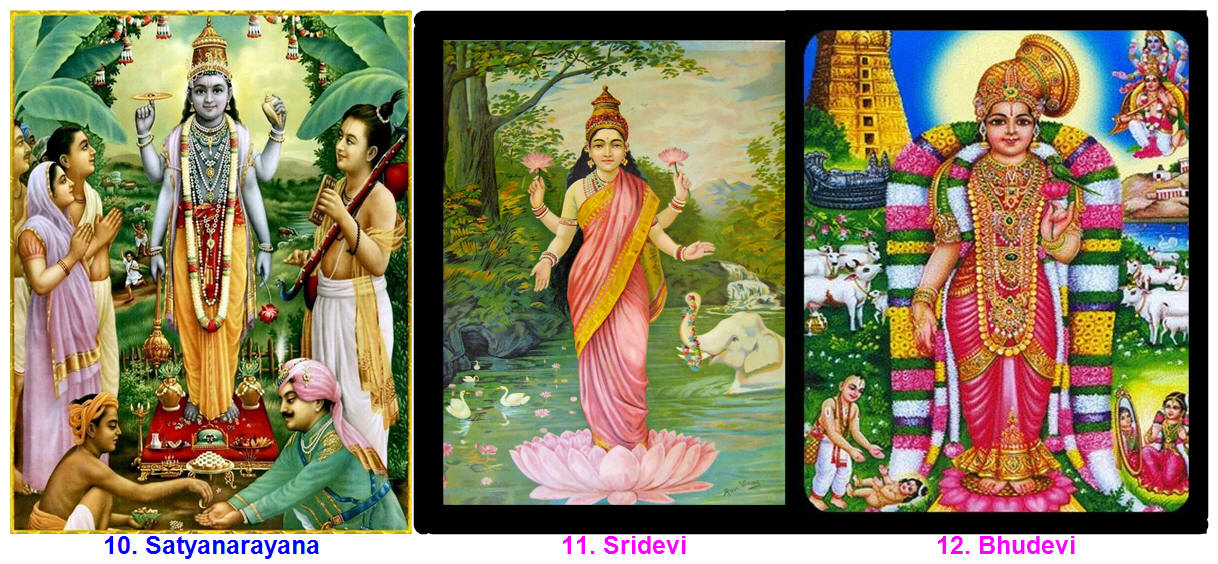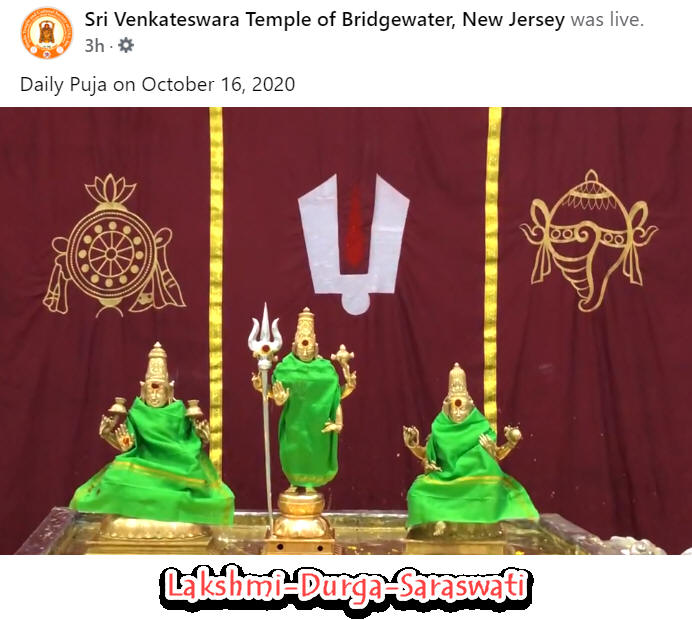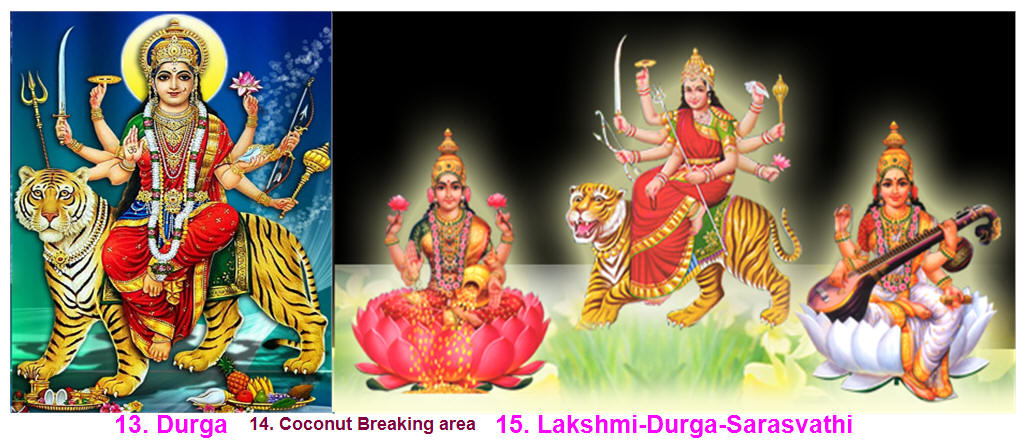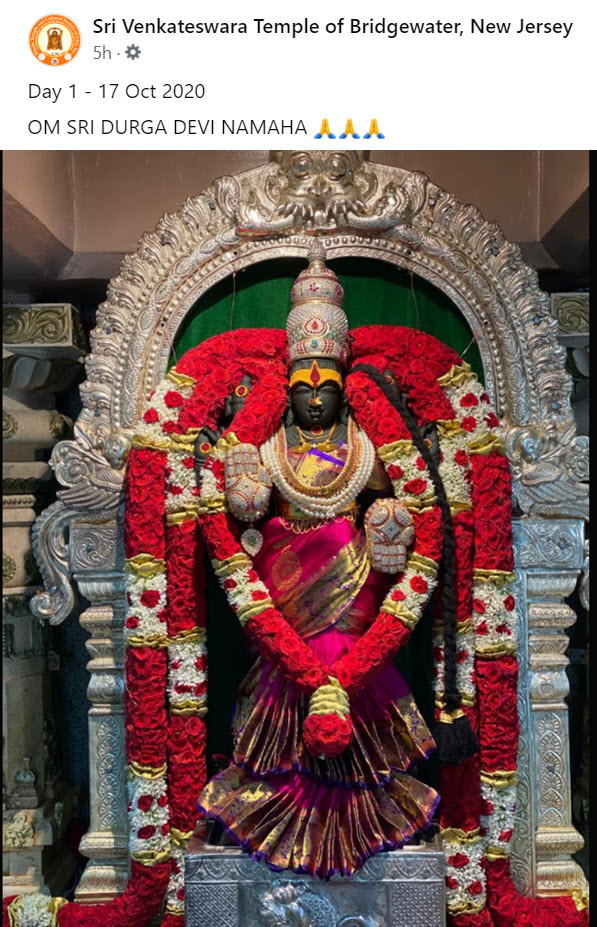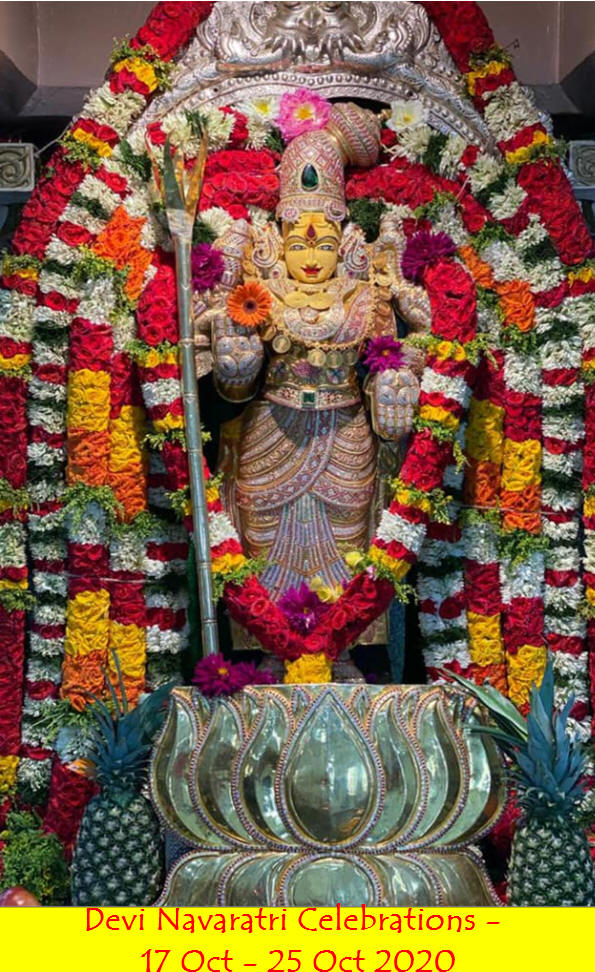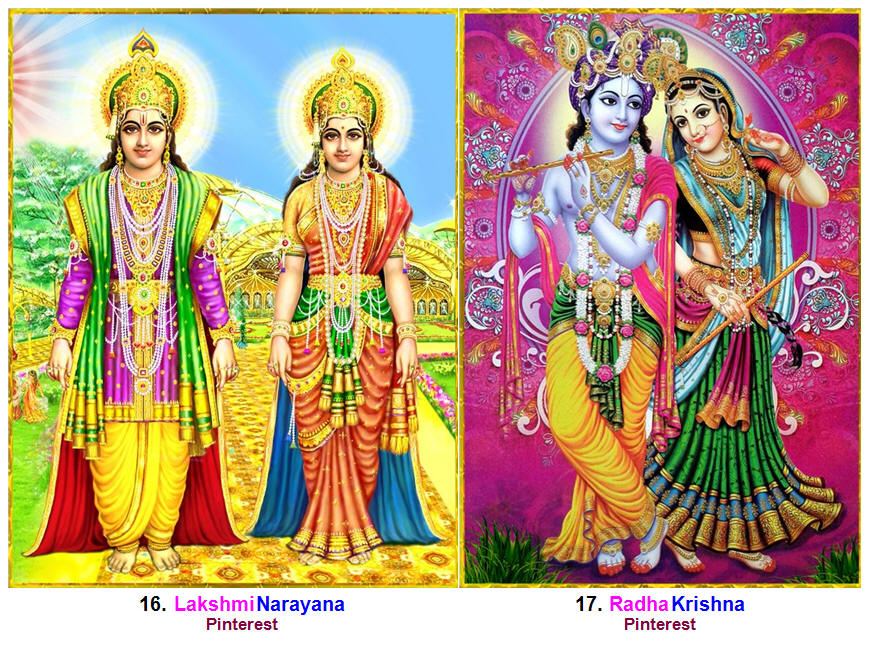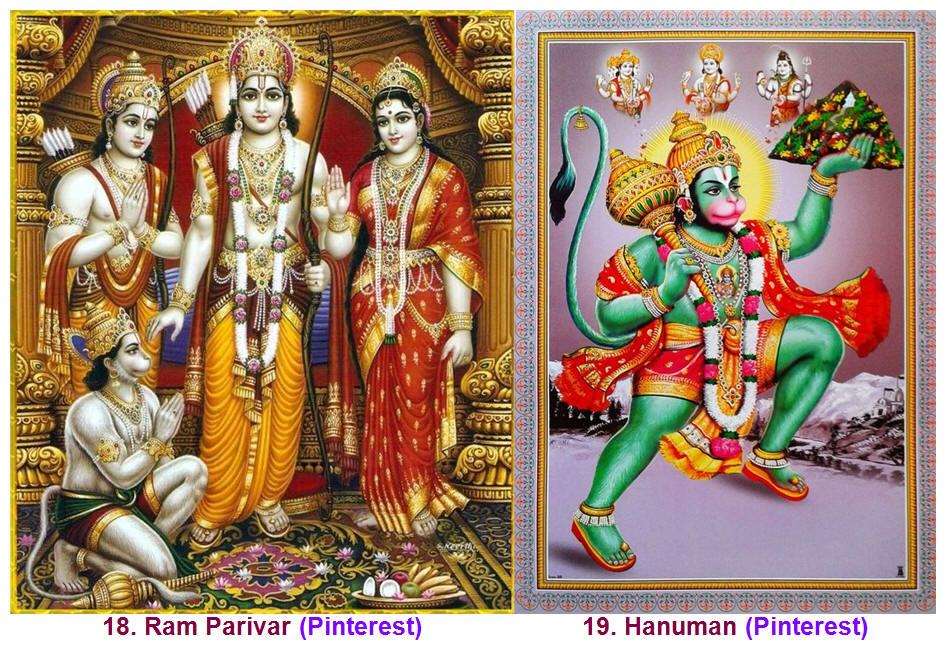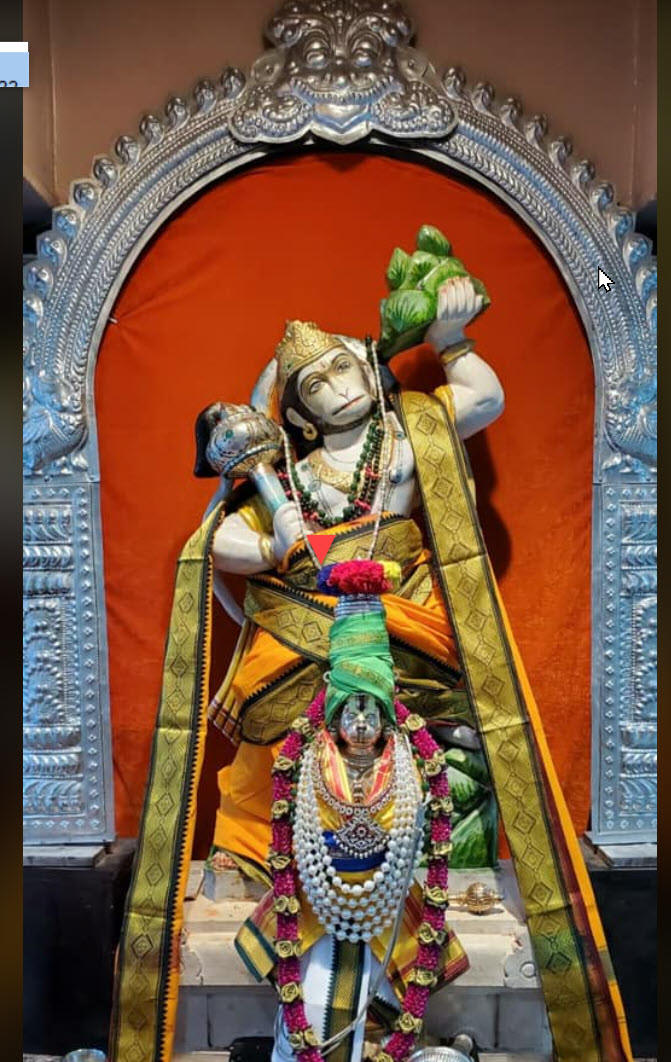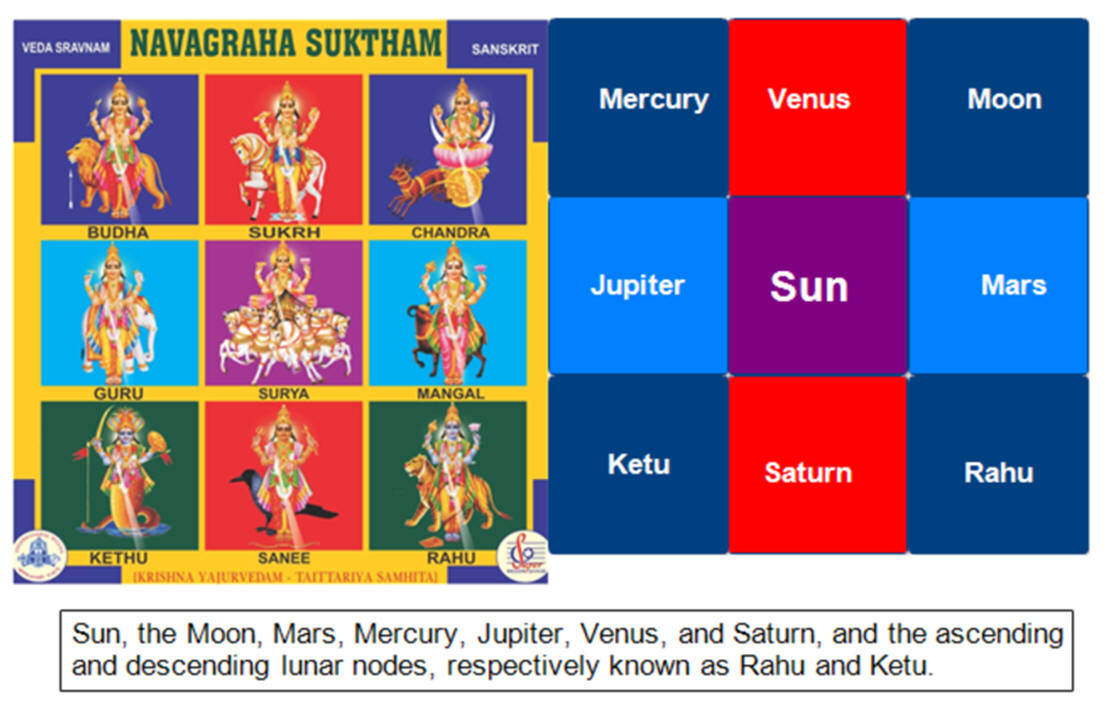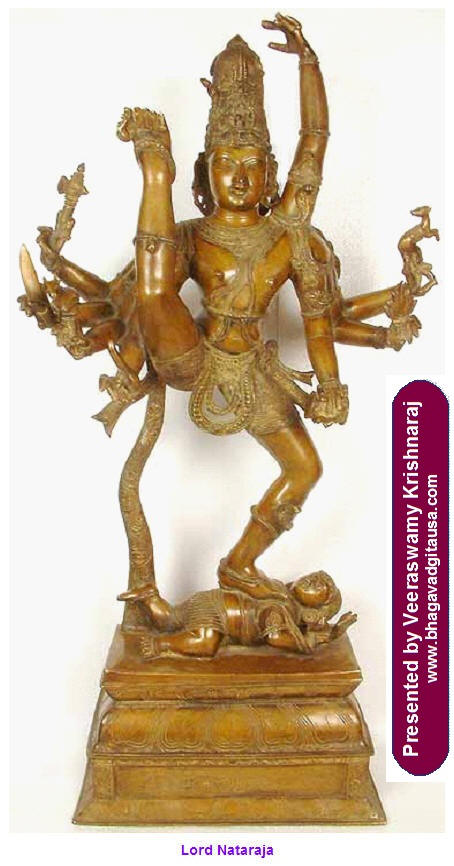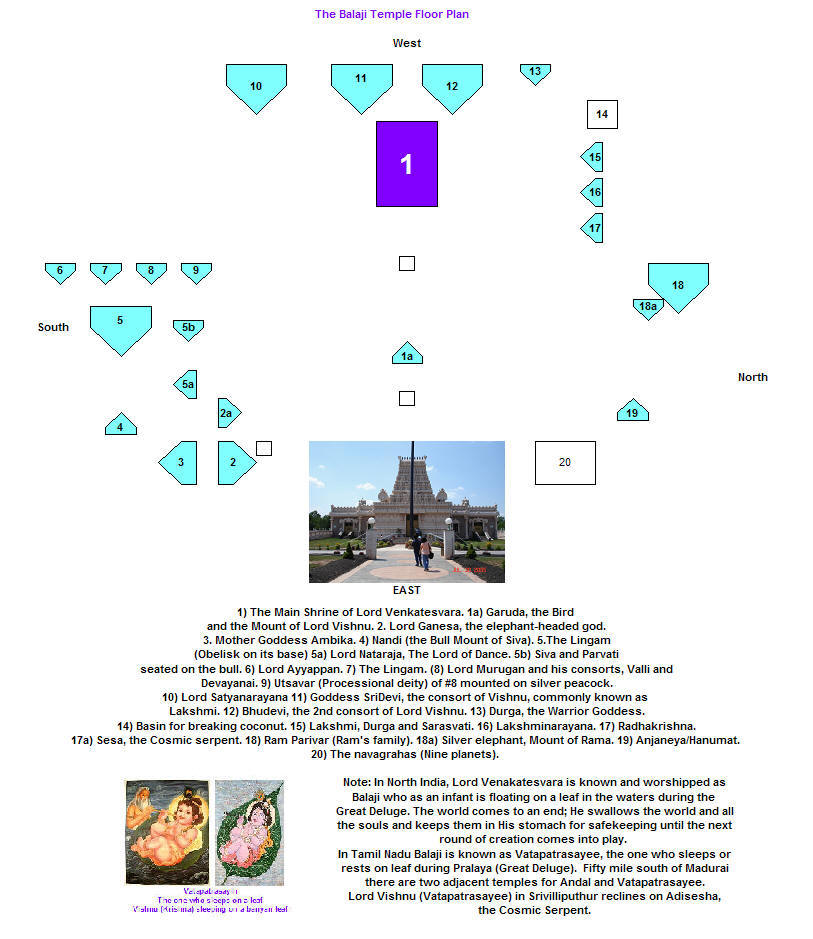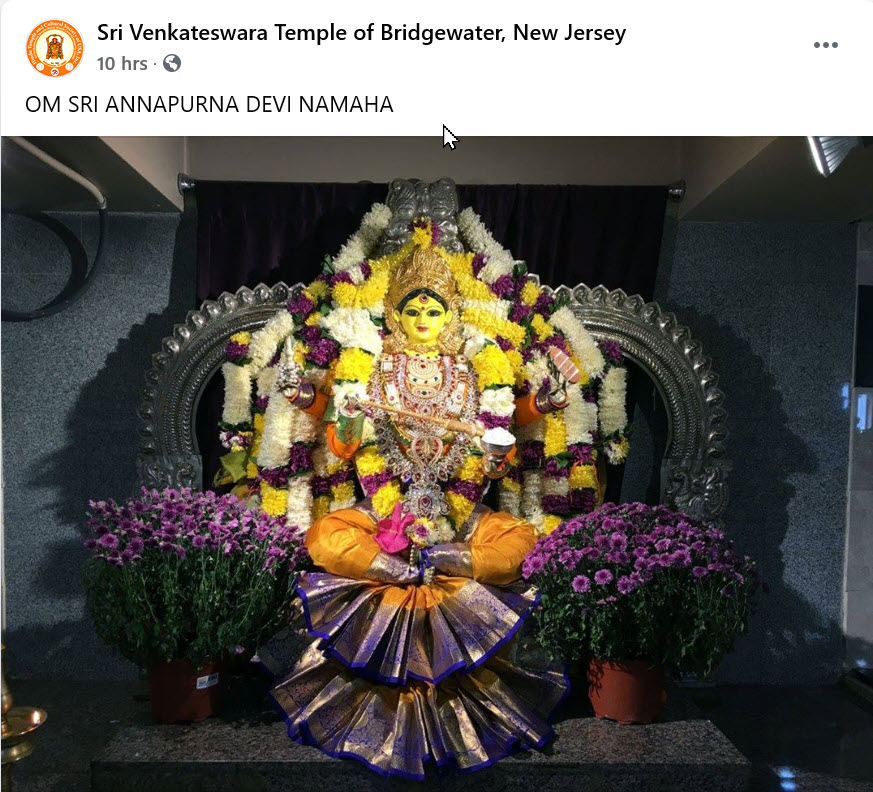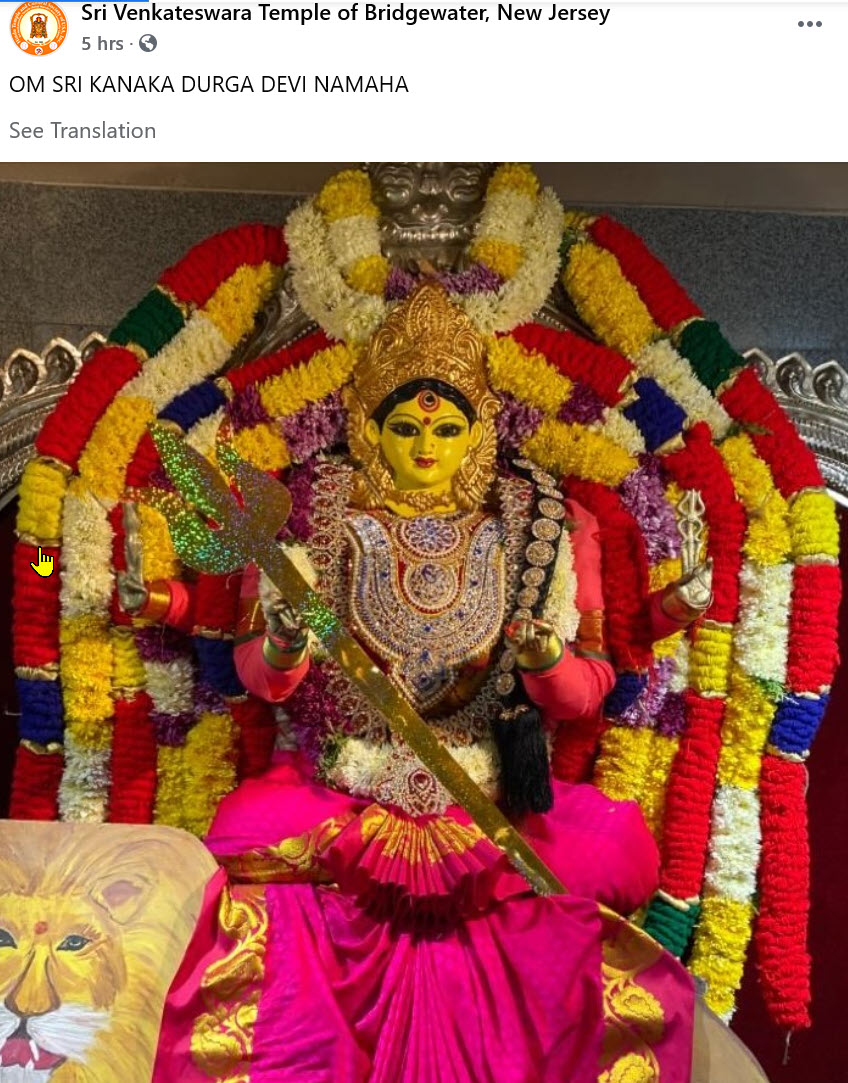Bridgewater Balaji Temple
Update 12-06-2020
The Bridgewater Balaji Temple published this rare image of Balaji in the FaceBook on the Ugadi day (March 24, 2020).
Bridgewater Balaji Temple Complex April 2020
Facebook
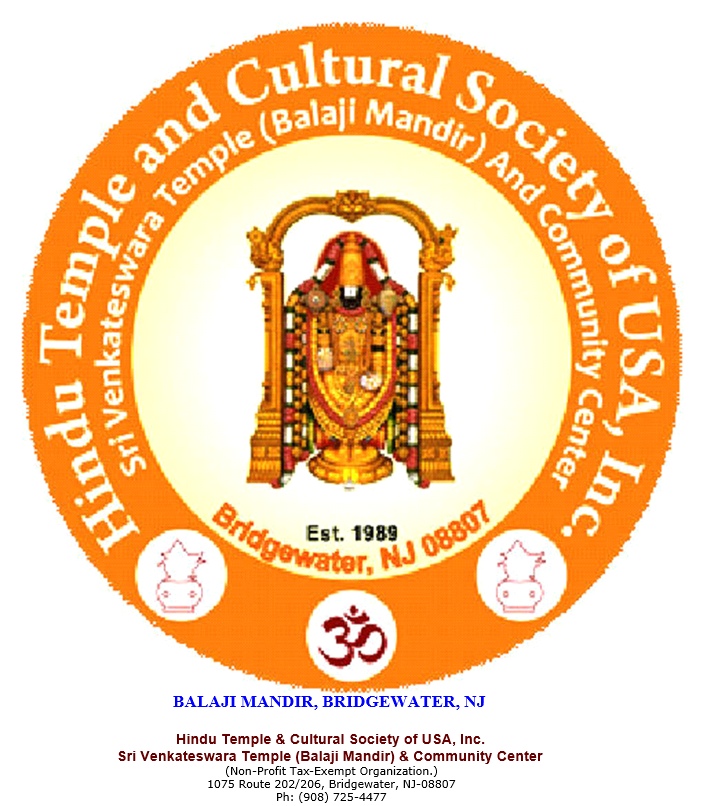
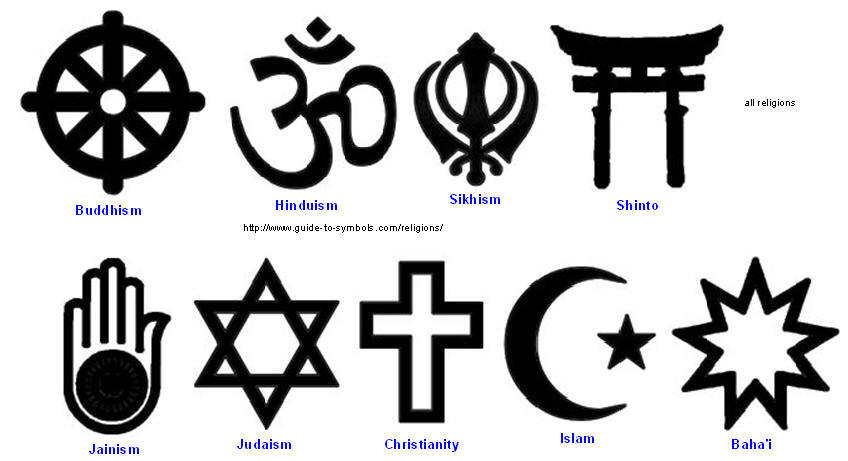
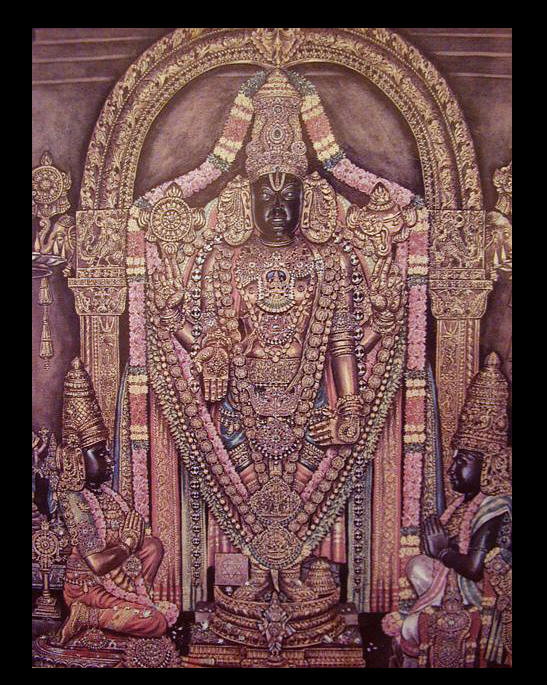
Welcome to Balaji Temple, Bridgewater NJ
With this booklet, you may take a leisurely walk
Among gods, goddesses, people, priests, volunteers….
You may gawk at the gods and goddesses; you may point your
fingers;
You can Ah and OO; you may admire their fake jewelry and the
hairdos;
You may even dance in front of the Lord of Dance. No offence is
taken by gods.
They are glad you are here.
The Floor Plan is the centerfold. Please make any comments or
corrections.
I hope you like the tour guide and make all the stops, stoops,
and peeks.
The custom forbids you to enter into the Sanctum Sanctorum.
If you have any suggestions, please do not hesitate to write me.
The email is in the pamphlet.
Veeraswamy Krishnaraj, M.D; F.R.C.P (Canada)
Retired pediatrician.
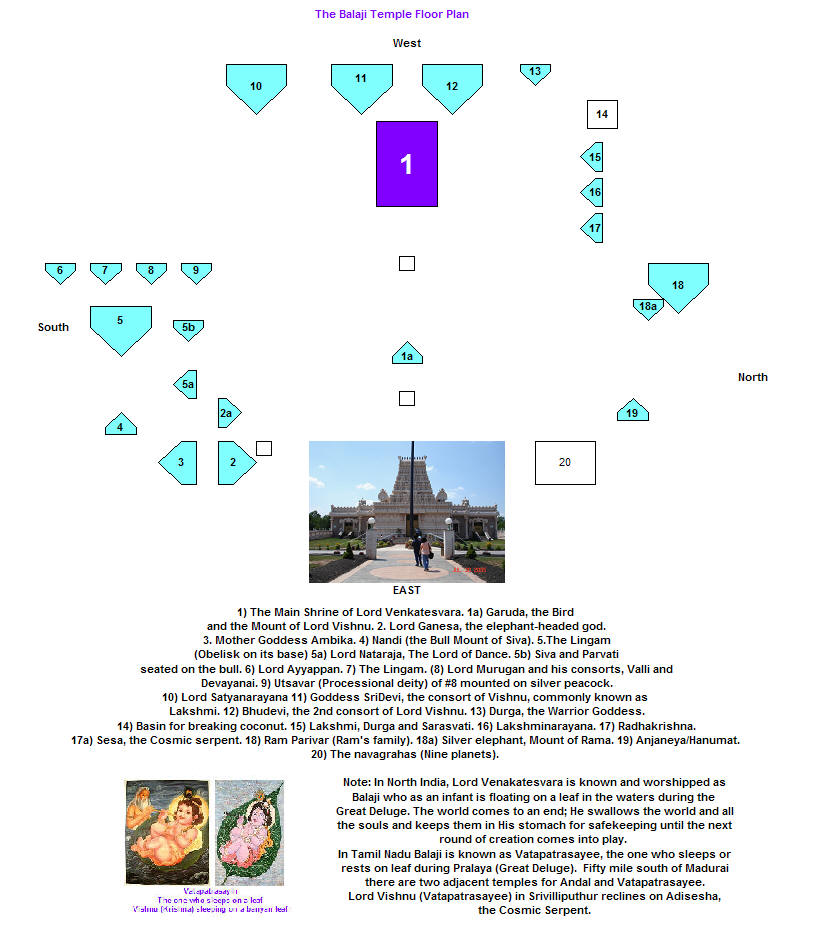
Radha Krishna on April 9, 2020 Bridgewater Balaji Temple Facebook

April 14, 2021 Tamil New Year Day at the temple Images from Facebook live telecast.
The Above image is Mahalakshmi Tamil New Years day April 14, 2021
Bhudevi or Godai Tamil New Year April 14, 2021
Bridgewater Balaji Temple Siva Tamil New Year April 14, 2021
June 18, 2020
The Dos
and Don’ts in spiritual practices.
Kumudam bookmark line | BAKTHI| Updated: Jun 18, 2020 FB
Translation from Tamil by V. Krishnaraj
The Dos and Don’ts in the spiritual practices.
In the Puja room, the installed deities should not face north.
Pictures of lone Krishna playing on the flute, his Vigraham, Calendar,
and other related items should not be kept in the house. The exception
is fluting Krishna along with cows, and Radha is permissible.
Bridgewater Balaji Temple
The pregnant woman or her husband should not scatter-break the coconut.
Before you enter and along the path to the temple, you must contribute
money to the indigent. One must enter the temple and reach the sanctum
with the Dharmic fruit of recent donation. Going to the temple, getting
Darsan of the deity, and giving to the poor on the way out do not bear
auspicious fruits.
If you entertain auspicious thoughts in the sanctum where the spiritual
waves abound, good results are the outcome.
When you talk about auspicious subjects, do not talk about cooking oils
or sesame seeds; they impedes auspiciousness.
In the house, the camphor light should burn out by itself and not put
out.
Enter the temple by the main door.
When you enter the sacred pond, hold back from testing the waters with
the toes. You must sprinkle the water on your head, receive permission,
and then only dip the foot in the pond. Likewise, before entering the
temple, if possible, wash your feet. Do not wash the feet after Darsan.
March 18, 2020.
March 18, 2020 Wednesday. Ram Parivar. Bridgewater Balaji Temple Facebook
We went to NJ Bridgewater Balaji Temple today for Tamil New Year Celebration. We had the privilege of having Samipa Darsan of Balaji at the Sanctum Sanctorum in his inimitable form. Soon after that, a volunteer directed us to the Anna Dhanam in the Cultural Center. The devotees had free meals consisting of delectable BisiBeleBathSambar, Yogurt rice, Vadai, and a sweet preparation. I guesstimate a few thousand people enjoyed spiritual and nutritional nourishment at the temple.

It was a pleasant day. There was no bite, but a nip in the air. The temperature was in the double digits, and to be exact 53º F., More than 100 people were standing in the queue and about 50 people standing inside the tent at the humongous parking lot of Sanofi US at 1041 US Highway 202/206 Bridgewater NJ 08807. I sighted about five school buses on the site discharging the devotees or boarding them on the way to the temple, which is about a five-minute drive by the bus.
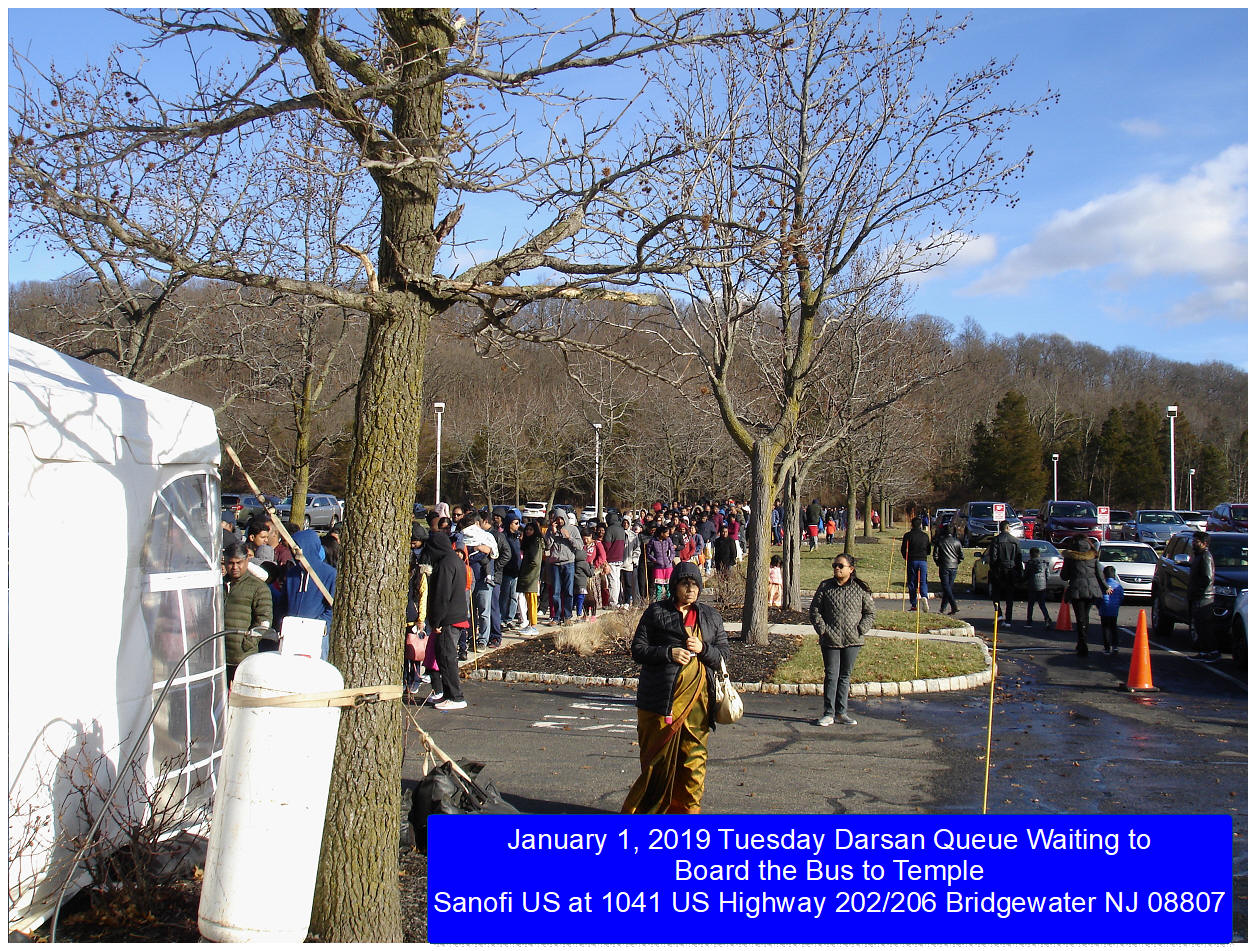
This year's attendance for Darsan was bigger
than the recent years. Most of the temple visitors were young with
families. This year I saw fewer senior citizens. The children hopping
and jumping off the bus queue too far away for safety had to be
corralled and brought back to the line. The volunteers kept things
buzzing and on time. The temple authorities have now become adept at
organizing, managing and servicing the devotees. There were more
volunteers this year than before. My wife and I parked our car and got
on the line. I wandered away to take pictures and rejoined her to board
the bus to the temple. At the entrance to the Sanofi, there were patrol
cars with police officers keeping the traffic flow smooth. The devout
crowd by nature were disciplined and followed the rules. That made the
officers' job that much easier. At the entrance to the temple on route
202/206, there were two patrol cars and a few officers directing the
traffic.
The yellow school buses were packed with devotees, no standing allowed.
We got off the bus at the Cultural Center. The huge hall had a mother
lode of coat hangers. The devotees shed their winter coats, and the
shoes on the floor near the racks. There were many instances of lonely
single shoes whose partners wandered away, propelled by the careless
feet of the devotees.
Leaving the
Cultural Center, we took the connecting corridor to the temple, walked
up the steps to the Hall of Shrines and joined the Darsan Queue. Umpteen
Retractable Belt Stanchions were in place regulating the crowd movement
in the Hall of Shrines leading the devotees to the central shrine and
inner sanctum of Balaji for 'Sameepa Darsan.' (= சமீப
தரிசனம்
The devotees wound around a seven-fold queue, corralled by the
Retractable Belt Stanchions, to reach the sanctum. Yes, we obtained
'Sameepa Darsan' of Sri Venkateswara. I could see his physiognomy of
supreme tranquility and immense satisfaction, that I never saw before on
anyone. The Alankaram was superb, thanks to the astute and punctilious
priests. My five-second Darsan from entry to exit, too short in my book, was over before I
knew it under the watchful eyes of the volunteers. We exited and joined
the Prasada crowd for Tirtham, Sadari, and a prasadam of Laddu in a
plastic cup. I was standing in the Hall of shrines savoring my Laddu. An
eagle-eyed volunteer with bonafide credentials hanging around her neck
came to me and said something. Since I did not hear her well, I
hesitated. She in her soft voice told me again not to eat the Prasadam
in the Hall of Shrines. Of course, it is disrespectful to drop
crumbs of Laddu on the floor. Children may slip on the butter-laden
Laddu on the floor and make an unintentional Shastanga Namaskaram
(eight-limbed prostration). My wife joined me. After a while, we hit the
beeline to the makeshift indoor cafeteria and joined the chow line.
Once the spiritual hunger was satisfied, and the fire in the belly quenched at the cafeteria, we boarded the bus on the near side of the temple and reached the Sanofi Parking lot. The queue was longer for the bus to the temple. It was wonderful to have obtained 'Sameepa Darsan of Sri Venkatesvara.
December 29, 2018
I have been visiting Bridgewater Balaji Temple for decades. I looked but didn't see. The deities and the shrines follow the convolutions of Tamil OM ஓம். Balaji AKA Sri Venkatesvara (#1 = M = ம்) occupies the center of the OM depicted by the M ம். His consorts are just behind him at the beginning of the first convex curve of ஓம்: Sri Devi or Lakshmi and Bhu Devi (3-4). His sister Durga occupies the 5th position. Ram Parivar occupies shrine nine, lateral and to the front of 8. There are three large shrines: 1. Venkatesvara, 9. Ram Parivar, and 14. Shiva Lingam. The entrance to the Hall of Shrines has the humongous doors between 11 and 12 to the front: the Navagrahas and Ganesa. I hope you see the Tamil O ஓ) in the configuration of the shrines.
Jan
1, 2018: It was a cold day. The temperature was in the single digits.
There were about 60 people standing in the cold and about 40 people
standing inside the tent at the humongous parking lot of Sanofi US at
1041 US Highway 202/206 Bridgewater NJ 08807. I sighted about five
school buses on the site discharging the devotees or boarding them on
the way to the temple, which is about a five-minute drive by the bus.
This time I saw more children than in my previous New Year
day visits. Even babes in arms were there, braving the cold. The bus
took us straight to the temple at 1 Balaji Temple Drive, Bridgewater,
NJ-08807. The school bus drivers greeted us with ‘Happy New Year’
wishes. We got off the bus at the Cultural Center to
the right of the Temple, from where we took the connecting corridor to
the temple.
We joined the Darśan Queue 30 people deep and stepped into
the Sanctum Sanctorum, where the volunteers gently suggested to the
devotees to leave the premises and not to linger at the sanctum. I spent
about five seconds at the sanctum, not enough in my book and could not
take in Balaji in that short period.
Since I am an octogenarian, I was looking for compatriots of my
age. None seen. One gentleman aged about sixty with grey hair looked at
me intently. We were in a sea of young people.
After taking Darśan of Balaji in his glory, my wife and I
joined the Queue for Sadāri, Tīrtham and Prasadam. Prasadam of Laddu,
about an ounce in amount in a plastic cup.
We made a beeline for the cafeteria,
temporarily housed on the second floor of the Cultural Center. They
served readymade tiffin, such as Yogurt rice, Tamarind rice… There were
about 200 people in the cafeteria. We exited the building, caught a bus
in the freezing cold and landed back in the Sanofi Parking lot.
January 1, 2017 Happy New Year to all.
November 17, 2017
My wife and I visited the Balaji Temple. A few days ago they had a
formal and ceremonial opening of the humongous Auditorium - Cultural
Center. That was a
very cold day. We could not make it. On November 18th at 6 P.M. there is
a fund raising dinner at the dining hall with stage performance with
musical instruments.
We saw a busload of boys and girls obviously from the local school
visiting the temple. There were school counselors instructing and
guiding them around the shrines. I saw them enjoying delectable
Prasadam.
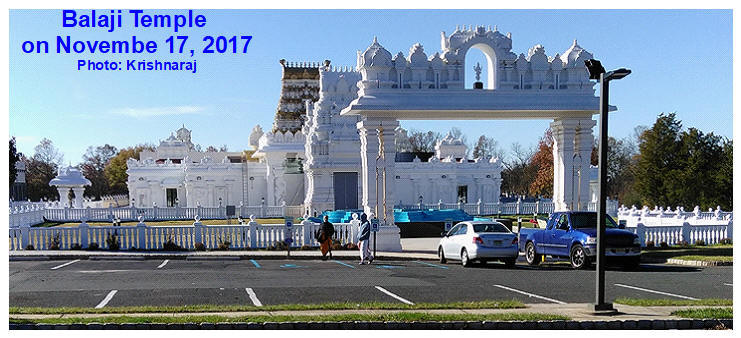
The temperature hovered above 40° F. The wind chill factor was minimal or absent. It was a good day to be out, esp. when it was a New Year Day. The sun was shining. My wife and I arrived in the Sanofi-Aventis parking lot on 202/206 in the mid-afternoon. There were about 300 people waiting on a long queue. There was no trace of snow left behind from the recent snowstorm. The grass was green, the trees were barren of leaves, the birds were chirping. The children were romping on the grass with mothers chasing after them so they did not get too close to the moving buses. Six buses left chock-full of devotees. We waited only for about 15-20 minutes, before we boarded the yellow school bus. The woman driver wished us Happy New Year. We entered the temple premises at 1 Balaji Temple Drive, Bridgewater, NJ 08807 on route 202/206. One bus driver had a personal Hundi ( = உண்டி = Hundi) on the dashboard as seen in the picture . As the nose of the bus faced the temple premises and other rising structures behind and in front of the gopuram, we could see the panoramic view of the temple buildings and the trees spread before us. The driver swerved to the left and took us on a winding road adjoining the rising structures and came to a stop behind the temple and the five-tent makeshift. To the left of us close to the highway, we saw priests’ quarters. (The temple has a dedicated cadre of priests, whose presence contributed to the spiritual atmosphere, apart from that of devotees.) Yes, inside the tents, there were wall to wall people, rather pole to pole people. People were jostling each other to get to where they wanted to go. There were only three places to go: To the temple for Dharsan, Cafeteria, and the exit towards the bus.
A state of the Art Theater
600 Fixed seats capacity
Acoustically designed
40' X 60' Stage
Green Rooms
Sound and Lighting equipment
a 300 seat capacity multipurpose hall for small functions
Modern kitchen facilities
http://www.venkateswara.org/Construction/ConstructionMain.htm
This Auditorium was officially opened in November 2017.
Inside the tent, there were racks for hanging outer garments, and event
flooring for walking and shoes, most pairs stayed inseparable and loyal
to each other. That was amazing. I thought it would be a chaos. The
right shoe stayed married to the left. That was loyalty even in the
kingdom of shoes. A few singleton shoes lost their companions. They must
have felt lonesome.
The five-tent enclosure was heated with portable gas cylinders. There
was really no need for heating. The temple authorities were prepared for
vagaries of weather. We sauntered towards the north entrance to the
temple. The north entrance was an open space before and recently, it has
been enclosed with walls and glass doors. Going through the north door,
we saw the gift shop to the left and the elevator straight ahead. My
wife and I were greeted by a volunteer-attendant with eyes peeled for
senior citizens and the handicapped. The elevator volunteer immediately
took one look at us and seeing the grey-haired pair immediately sent us
into the elevator with two teenage volunteers. The two young women
smiled at us earnestly, took us up the elevator and helped us join the
queue with about 30 people ahead of us for Dharsan and about 300 people
behind. With creaking joints, aching back, incoordinate muscles and
waddling gait, I needed that break.
My guestimate was there were about three hundred people behind us in the
main hall of shrines (circumnavigating souls around the perimeter of all
shrines), the antehall, the staircase and the approach to the stair
case. That was service, pure and simple. We were in the sanctum in less
than five minutes. We entered the sanctum on our right side and exited
on our left side.
There were two people in the Sanctum Sanctorum urging the hovering
devotees to move and make room for others waiting in line. I had a brief
look at the Lord of the Hills, mainly at the benign smiling countenance.
I took a quick up and down look taking in as much as possible. Sooner
than I entered I exited being careful to go down the steps from the
sanctum. At my age, my feet don’t go where I want them to go. Quickly, I
was near the station that offered sacred water (தீர்த்தம்),
caṭāri
(சடாரி),
and prasāda of delectable Laddu in a plastic cup. This is where the
devotees picked up the fruit bags given for Archana.
My wife and I took a dash to the sanctum and had the second fill at
Dharsan. This time we took the circumambulation receiving at the
respective shrines Dharsan of Ganesa, Ambal, Lingam, Skanda, Satya
Narayana, Sri, Bhudevi, Durga, Lakshmi, Durga and Sarasvati,
Radhakrishna, Ram Parivar, Anjaneya, and Navagrahas. Sri or Mahalakshmi
was glowing in gold from the
Kavaćas (=
கவசம்).
Exited the building to join the devotees in the tent. The aroma of
snacks was inviting and we bought some samosas, Murukku… and took the
bus back to the parking lot. I sat at the wheel and my wife at the
passenger seat, eating what we bought at the cafeteria.
It was a nice day. Balaji cast his smile on us. We ate the prasāda. Our
visit to the temple was a welcome relief and a break from the daily
routines.
January 1, 2016
Hindu Temple & Cultural Society of USA, Inc.
Sri Venkateswara Temple (Balaji Mandir) & Community Center
(Non-Profit Tax-Exempt Organization.)
1 Balaji Temple Drive, Bridgewater, NJ-08807
Ph: (908) 725-4477
My wife and I arrived at the Sanofi Campus in the early afternoon. After
exiting the highway, we were greeted by a caravan of cars ahead of us,
50 deep before we could go into the parking lot. It moved and soon we
were greeted by the security guard directing the cars to empty parking
spots. We took a few minutes to find a parking in the lot and soon
joined the tail of the queue four people wide and 60 people deep. There
was a white tent for those seeking refuge from the biting cold
registering in the mid-thirties. We did not wait too long before we
boarded the school bus. About five buses received devotees.
The short ride to the temple took us to the back of the temple besides
the five tent receiving station. We entered the receiving tent, shed the
shoes and the jackets and quickly proceeded to the basement and the left
side of the temple where the gift shop was located. The queue took a
serpentine route up on the staircase in the left section of the
building. When we climbed up the steps, we were greeted by a volunteer,
who directed all the devotees into a large anteroom, where the queue
folded upon itself several times. The winding queue then came back to
where the volunteer stood. We proceeded into the Hall of Shrines,
wherefrom at the entrance we could see the Lord of the Hills. The queue
circumnavigated the shrines from left to right. On the way, we offered
prayers to Lord Ganesa; Goddess Ambika; Lingam; Skanda, Valli and
Devayānī; Satya Narayana; Sridevi, Bhudevi, and Goddess Durgā behind the
main shrine; Goddesses Lakshmi, Durgā, and Sarasvati; Lakshmi Narayana;
and Rādhā-Krishna shrine on the left side of the main shrine. More to
the left of the hall is the large shrine of Ram Parivar; to the front
and the right the Anjaneya; and then the Navagrahas. We took about
twenty minutes from Lord Ganesa to the Navagrahas. The last, the
best and the largest shrine in the center is that of Balaji in his
inimitable form. We were allowed to go into the shrine to obtain a good
Darśana of the Lord of the Hills. There was an attendant inside the
Garbhagṛiham, who gently persuaded the lingering devotee to move so
others obtain Darśana. The Lord looked his greatest with garlands,
Kavaćas, sword... The priest was in the innermost shrine and an
eight-inch tall granite barrier wall on the floor separated the
innermost shrine from the inner shrine from where the devotees can view
Balaji. Some scraped a little dust left over by the devotees
from the steps leading to Inner Sanctum and applied it to the forehead.
That devotees' dust from under their feet is sacred, purifying, curative
and liberating. The men fell like sticks on the floor while doing
the eight-limbed prostration (Ashtanga namaskaram). The ladies did the
truncated form. Most of the familiar faces of volunteers I knew by
appearance are not there anymore.
After the Darśana, we joined the queue to obtain sacred water, Sadāri,
flower (for the ladies) and a container of sweet Laḍḍu.
In the parking lot, I saw a car with a Christian cross hanging from the
rearview mirror. There were some Christian devotees of the Lord of the
Hills. It is common knowledge that other religions have devotees of Lord
Venakatesvara. Such is his greatness, generosity and grace.
Only about 10 percent of women were wearing the saris. The rest were
wearing women's pants to ward of cold, Punjabi style women's dress... I
saw handicapped devotees riding on the wheel chair pushed by the near
and dear. This year despite the cold weather in the mid to upper 30s,
there were more devotees than the prior years. We exited the temple via
the closed cafeteria to the tent, where prepackaged snacks and beverages
were available for a nominal price. We bought rice preparations and
other snacks, which were of good quality.
A humongous building to the right of the House of Shrines is rising up
with steel girders and cement blocks. I understand from the
Temple Web site that a Cultural Center is under construction, which
includes:
Hyagriva is endowed with four lotus hands, one giving knowledge, one
holding a book and the other two holding a conch and a discus. Vishnu is
associated with the sun and so is Hyagriva. Krishna says in BG 8.9, He
is sun-colored (ādityavarṇaṁ). This Horse-God pulls the sun across the
Orbit, helps dissipate darkness (ignorance) and brings light
(knowledge).
Hyagriva comes to the aid of gods defeated by the Danavas (Asuras or
anti-gods, the cousins of Suras). Hyagriva comes riding in his chariot
drawn by a thousand steeds mercilessly crushing the Danavas or Daityas.
He is a composite God. Siva is in the middle of his head. Brahma
occupies his heart. His mane is the rays of the sun (Marichi). His eyes
are the sun and the moon. His legs are Vasus and Sandhyas. The gods
reside in his bones. His knees are Varuna and Maruts. His tongue is
fire. His speech is Satya. Hyagriva, the deified aggregate of all gods
and a Super Sacred Chimera retrieved the Vedas, and is the knower of
Vedas, a protector, and a repository of knowledge. He is sun and light
and thus a remover and dispeller of darkness and ignorance. One day in
the future, Vishnu is going to ride high on the white horse as Kalkin.
Asva in Sanskrit is the everyday horse, but Hya is a racing (fast)
horse.
Poseidon, Athena, and Aphrodite had association with horses. Poseidon
was the god of horses. Athena is also known as Athena Hippia (horse) and
celebrated as the inventor of the chariot. Horses were sacred to
Aphrodite.
Yoga-Hyagriva presents himself in a Yoga pose in Tiruvantipuram. Lakshmi
Hyagriva joins ranks with Lakshmi Narasimha to indicate Vishnu's
incarnations.
If you were to become an animal, what animal would you like to be? A
Horse, a Tortoise, a Boar, a Fish, a Lion...
A horse is a horse, of course, of course,
And no one can talk to a horse of course
...
Go right to the source and ask the horse
He'll give you the answer that you'll endorse.
He's always on a steady course.
...
People yakkity-yak the street and waste your time of day
But Mr. Ed (Hyagriva) will never speak unless he has something to say.
A horse is a horse, of course, of course,
And this one'll talk 'til his voice is hoarse.
You never heard of a talking horse?
Well listen to this: "I'm Mister Ed".
A horse is a horse, of course, of course,
...
Go right to the source and ask the horse
He'll give you the answer that youíll endorse...
Divine Hyagriva kills Demon-Hyagriva.
The Saktas (Mother Goddess worshippers) have a different story about
demon Hyagriva, the son of Kasyapa, who obtained a boon from Durga that
only a (Divine) Hyagriva could kill him (the demon). The Demon-Hyagriva
attacked and defeated the gods left, right, back, front and center. The
timorous gods went to Vishnu, who after a long engagement declared his
inability to kill demon-Hyagriva, went to Vaikuntam and did meditation
with his head supported by the bow. The diffident Devas went to him
again but found him in deep Yoga-Nidra. Would you wake up a God from his
sleep? The priests do it all the time. Unable to awaken him, they
engaged the services of termites to cut the bow supporting Vishnu in
Yoga. Should they not be pulled up for asking lowly termites to cut the
string without thinking of the consequences? The cut bowstring flailed
uncontrollably to relieve the built-in tension, whiplashed and cut the
head of Vishnu. Obviously, the gods did not have a forethought. Or may
be, they intended to administer a rude awakening, with disastrous
results as in this case. How can you awaken a headless god? Somebody has
to pay for this grievous error. No one really paid anything. It
was meant to be so.
With their wits shocked and sundered, the desperate gods went to Durga
seeking help. Durga advised the gods to attach a horse's head to the
headless body of Vishnu, who upon resurrection with head of a horse,
would kill the Demon-Hyagriva. The cross-species head transplantation
(Xenograft or Xenotransplant) was performed by Brahma, the God of
Creation and a Vedic Scholar. Now, I see the course and
inevitability of events. The decapitation of Vishnu had to happen so he
could get a horse's head, so he could kill the Demon-Hyagriva.
Vishnu-Hyagriva killed the Demon-Hyagriva. This fulfills the demon's
wish that only a Hyagriva could kill him. The demon never expected
the creation of another Hyagriva: a fatal mistake the demon made while
asking for the boon of immortality. Vishnu always finds a way to take
down his opponents or his devotee's enemies. Take the case of Prahalada
and his tormenting father Hiranyakasippu, whose brother was killed by
Lord Boar.
Demons Madhu and Kaitabha stole the Vedas from Brahma. Vishnu took the
form of Hyagriva and killed the demons and recovered the Vedas.
You heard the expression, ''Heard from the horse's mouth.''
More on that later.
The Golden Eye, the Golden Hair, Prahalada and Vishnu
Hiranyakasha (the Golden Eye), a daredevil demon took the Earth to the
bottom of the Cosmic Ocean. Vishnu took the Avatar of Lord Boar (Varaha)
to bring the earth back to its place. The Golden Eye blocked Vishnu and
thus sustained death by Vishnu after a thousand years of battle between
Vishnu and the Golden Eye (who hid the Earth in the bottom of the
Ocean).
The Golden Eye had a brother by name Golden Hair (Hiranyakasipu), who
never forgave Vishnu for causing death of his younger brother with the
golden eye.
By doing severe penance, the Golden Hair obtained a boon from Brahma,
that said he will not die neither during the day nor during the night,
nor on the ground, nor in the sky, nor by any creation of Brahma, nor by
any weapon, nor by a human being and nor by an animal, any entity,
demigod, demon, snake... You may ask why Brahma keeps giving boons to
the demons, when he fully knows that they are up to mischief. This is
the way it goes. When a person, god or demon performs severe penance,
fulfills all the requirements for a boon, Brahma is obligated to offer
boons, however inimical they are. It is like a test. If a person scores
high, he deserves an award. It is like an entitlement. When severe and
demanding conditions are fulfilled, the boons are the natural fruits of
the effort.
He had no rival and obtained suzerainty over all living beings, gods...
Hiranyakasipu had a son by name Prahalada, who became a devotee of
all-pervading Vishnu. He refused to recognize his father as the Supreme
Lord of the universe. He was put through many abuses, tortures and
punishments to change his mind, but none worked. The Golden Hair asked
his son, whether Vishnu exists in the pillar. The Golden Hair, as
he lacked a Golden Tongue, spoke the most blasphemous words to his son.
"O my foolish son Prahalada, Misfortune awaits you. You were
always gloating about the Supreme Being other than me. You say He is a
transcendent all-pervasive controller of everyone. All-pervasive: I
don't see him anywhere. I don't see him around here. Is he (hiding) in
the pillar? "
Prahalada said, "He was, He is, and He will be." Such profound
statements come from the devotees of Vishnu.
The Golden Hair turned red in his eyes, seethed with anger and broke the
pillar with his mace. Vishnu in the form of Narasimha (Man-Lion) appears
out of the broken pillar to defend and protect his devotee from the
rushing unruly Golden Hair. Vishnu chose the appearance of Man-Lion in
the spirit of conformity with the boon by Brahma. Man-Lion is neither
human, nor an animal but a Chimera. He appeared from the pillar at the
twilight hour (neither day nor night) and not from the ground. The
Man-Lion appeared at the door's threshold, neither inside nor outside,
takes the Golden Hair on his lap, which is neither Earth nor sky, used
his nails as weapons, rips his abdomen open, disembowels the dreaded
demon and kills him. The Man-Lion's fury did not abate with supplication
coming from gods and his consort Lakshmi. Finally, it abates with
prayers from his devotee Prahalada.
Srirangam has a shrine for Hyagriva.
What has horse anything to do with knowledge? Then why do they say, '
Heard from the horse's mouth?'
The eighteenth incarnation or Avatara of Solar Vishnu is Hyagriva or
Horse-necked or Horse-headed (Hyasiras). Remember this horse was not
bullheaded.
Sage Agastya asked Vishnu, "O Lord, If you are pleased with me, it is
incumbent upon you to tell me how the ignorant people and vulgar
creatures can get liberation?" (Sage Agastya meant people like me.)
Vishnu answered him as follows:
This question was posed to me before by Siva, Brahma and Durvasa. My
answer will be my boon to you. I am the creator, preserver, and
destroyer of everything. (You better believe it.) I am Trimurti, beyond
all gunas, and the soul of all living beings. My nature is of Purusa
(the Supreme Being) and Pradhana (prakrti, matter, 2nd logos). My cosmic
form split into Purusa and Pradhana; the former is the Great One beyond
all Gunas, greater than the Greatest; the latter is made of gunas and
worlds.
When the Karma is resolved through Yama (DONT's, restraints, forbidden
acts), Niyama (DOs, permitted acts, observances) and Tyaga
(renunciation), salvation is obtained. I am Trimurti: Brahma, Vishnu,
and Siva (Yes, all rolled into One.) . I am above all gunas (modes), the
soul of the universe and living beings. Sattvic actions, generosity, and
renunciation guarantee liberation. One should observe Yama and Niyama as
follows.
(1) Yama: sexual abstinence (celibacy), ahimsa (noninjury), no lies, no
theft, no greed. (Aren't You asking for too much, Vishnu Paramatma! That
is a tall order, my dear Lord!)
(2) Niyama: meditation on Brahman or Isvara; silence (mauna); study of
Vedas (svādyāya), Upanishads, and moksa-promoting books; repeating of
mantra OM; Tapas (ascetic practice); Sauca (clean body and mind) ;
Santosha (contentment); Isvara Pranidhāna (submission to God,
God-Pleasing actions).
Liberation depends on Sat and Asat (good and evil karmans or acts).
Jnana, spiritual knowledge bestows all Siddhis (perfection). By
meditating on the eternal form, man obtains liberation, though he may be
a sinner. The worshippers of Sakti are the liberated souls and never
suffer in life on earth. Lord Siva became the leader of all Siddhas by
worshiping Parasakti (Supreme Sakti). He became Ardhanarisvara with his
Sakti form as part of his body. Abrahma as the leader of Devas became a
Siddha by worshiping her. Goddess Tripura guarantees worldly enjoyment
and liberation to her devotees. You will attain liberation by reposing
your desires, breath, mind worship, rites and soul in Her. This is what
I have to say to you and all for the welfare of all.
Agastya bowed and asked the Lord, "Please tell me the nature of your
form, its power and your sports." The Lord answered,
This divine sage Hyagriva is a partial
incarnation of Mine (Vishnu). He will tell you whatever you want to
know." Thus saying the Lord disappeared from in front of pot-born
Agastya.
Once Hyagriva Hari, the Lord of the universe took leave and disappeared,
sage Hyagriva and Agastya went back to their hermitage. Agastya offered
a high seat for Sage Hyagriva and spoke, "O Siddha of Siddhantas, please
tell me the manifestation of the Great Goddess, her forms, sportive
activities and pastimes."
Sage Hyagriva answered:
The Goddess has no beginning and is the support of everything in the
universe; Sat and Asat karmans are her forms; meditation is the only way
she is perceived; meditation and Vidyas make her limbs with her heart as
her base; she manifests to the ones who attained oneness with her by
performing sacred rites. She manifests herself as Sakti and Prakrti to
those who perform meditation of god Brahma.
More on the Divine horse.
There is a Personified divine horse by name DadhikrA, which is
associated with Vishnu, morning sun, light and knowledge and mentioned
in Rgveda. He was created by heaven and Earth or Mitra and Varuna, the
latter being the tutelary deity of horses. Horse is symbolic of fragrant
mouth (Knowledge) and cures halitosis of Avidya (ignorance) upon
invocation of DadhikrA (Dadhyan). This is known as MadhuVidya, the
honey-sweet doctrine. The following concept is challenged by this
doctrine. There are two entities (Duality) in the world, the knower and
the known; in other words consciousness and object; Consciousness and
object are demarcated and circumscribed entities in the sense one cannot
take the place of another and serve the alternate function.
Now hear from the horse's mouth. Honey-sweet doctrine continued.
Sage Dadhayan Atharvana says these (two spheres consciousness and
object) are linked by a third entity. The First Entity, the
consciousness is Adhyatma (the individual soul, the perceiver, we the
people); the object is Adhibhuta (the world of objects). The linkage
between this two spheres is provided by Adhidaiva (Brahman, God), which
is the divine force like gravity that keeps these two entities linked
together in an undemarcated unity. Consciousness is phenomenal subject
(we the people) and Adhyatma; object refers to the phenomenal world of
objects and Adhibhuta. The Adhidaiva (God) is the facilitator of
experience between the perceiver and the perceived object. Thus there is
a continuous dynamic flow between myriad perceivers and myriad perceived
objects, like the ocean waves flow into each other. This experience,
this knowledge is explicated by Sage Dadhyan. This knowledge is the
essence as the honey is the condensed essence of the nectar from all
flowers. Thus, it is called Honey Knowledge (Madhu-vidya). Honey is
essence of the sap of countless flowers. The knowledge is thus the Honey
Knowledge of the perceiver. This experience, this knowledge, this honey
abrogates the demarcation between the perceiver and the perceived
revealing the inner essence, which will not come into being without the
participation of transcendent Adhidaiva and thus this confluence is a
triune entity made of the soul, the world of objects and Brahman.
Fifth Brahmana, Brhad-Aranyaka Upanishad talks about this
Honey-Knowledge.
The earth and all living beings are mutually dependent, even as bees and honey (flowers and bees for pollination) are. Brahman is the Self in each, in the earth and in the individual. The water, the fire, the air, the sun, the moon, the quarters, the lightning, the cloud, the space, the law, the truth, the mankind, and the self are like honey for all beings, and all beings are like honey for all the above entities. Shining immortal person Brahman exists in all these. This Lord is the hub which holds the spokes and the rim together.
Roll on Roll on Roller Coaster
We're one day older and one step closer
Roll on there's mountains to climb
Roll on we're on borrowed time
Roll on Roller coaster
Roll on tonight
Roll on tonight yeah
Kid Rock Lyrics
The chief of lesser
gods (Brahman is the God of all gods.) Indra threatened Sage Dadhyan
with decapitation, if he revealed the honey-knowledge (Madhu-Vidya) to
Asvins, who themselves went ahead and cut the head off (of Sage Dadhyan)
in a hurry to get knowledge, transplanted the head with that of the
horse, received knowledge from the fragrant mouth of the horse and put
his own human head back in its the place of horse's head after receiving
the Madhu-Vidya. Thus, the Asvins heard the Madhu-Vidya from the horse's
mouth. Now you know what it means to hear from horse's mouth. 'From the
horse's mouth', 'on good authority; from the original or a trustworthy
source: I have it straight from the horse's mouth that the boss is
retiring.'
The future Avatara of Vishnu is Kalkin, a Brahmana or Ksatriya riding a
white horse.
BG Verse. Krishna Bhagavan says: 10.27: Know Me, among horses to be
Ucchaisravas born along with the nectar. Of the elephants, I am
Airavata. Of men, I am king.
Ucchaisravas is the long-eared horse, which came out of the churned
ocean. Lord Vishnu claimed ownership of Ucchaisravas, a white horse with
a black tail. You see it abundantly made clear that horse is a symbol of
Vishnu who is omniscient.
Horse worship was prevalent in Iron and Bronze age in Pagan Europe.
January 1, 2012:
Happy
New Year to all. Let the Grace of
Balaji descend on you, your family, friends and acquaintances. As usual,
I was drawn to the Balaji Temple by the inexorable magnetism of Lord of
the Hills. The sky was cast in clouds, which was appropriate in the
sense that Krishna is of the color of dark blue clouds as described by
the Alvars of Tamil Nadu.
I wish I saw the images of Alvars in the temple who wrote 4000 songs
(Divyaprabhandam) in praise of Vishnu in His Avatars. These Alvars were
realized Souls coming from all castes in Tamil Nadu. Of the Alvars, the
leading one was Nammalvar, who described Vaikuntam (வைகுந்தம்
=
Vishnu's heaven) in a vivid account. The temple has carvings of some
verses in English of Bhagavadgita on the Granite face.
The devotees, young and old and in-between, came to the
humongous Sanofi-Aventis parking lot adjacent to the Temple. It was a
great convenience that draws devotees from far and wide, apart from the
obvious Lord of the Hills. Nowadays parking is at a premium
in big cities. The elders of the temple were wise to
have chosen such a convenient place for the temple with the adjacent
parking on holidays. Their genius is showing and obvious in every step
of the way outside and inside of the temple.
July 25 2009:
10th ANNUAL INDIAN-AMERICAN FESTIVAL
as held on July 25th & 26th 2009 at Garden State Exhibit Center Somerset
NJ 08873 USA and organized by
The Hindu
Temple and Cultural Society of USA, Inc. 780 Old Farm Road, Bridgewater
NJ
08807. The admission to the events was free. The temple staff
brought out a snazzy All Color Festival Souvenir given away free to the
attendees.
The Festival Logo, the temple staff declared, is 'United We Stand' with
Indian and American flags.
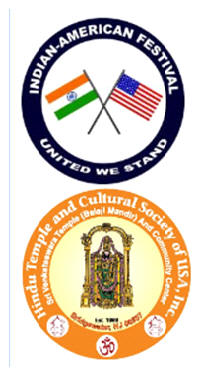
This was a real big event for the organizers, the temple and the
community. It was held in a humongous hall with a ton of vendors
participating in the festival. There were stalls for arts and
crafts, jewelry, clothes, dress, insurance.... There was one stall
selling freshly pressed and filtered sugarcane juice. Behind the
entertainment area was the food court. The performance stage was huge
with lighting and sound systems.
The stage performance kickoff started with National Anthems (US and
Indian). At one point there was a presentation of local elected
officials, office holders and aspirants on the stage. Henal Shaw and
Matthew Young from Bridgewater High School received HTCS Bridgewater
Educational Scholarship 2009 awards. The entertainment was by far
the best geared up for the occasion. Tots just out of diapers staged
their dance performance to the glee and glow of parents and audience.
It was all dance, dance and dance by tots, teens and in-betweens. In
the past years, the dancers bravely and patiently danced on the stage in
the temple grounds with the sun beating down on them and beads of
perspiration mixed with mascara running down their tender faces. The
members of the audience tried to dodge the sun by shifting from one
chair to the next under the tent. Now it is all changed. It was AC
through and through. The sun decided to stay out.
Balaji temple Logos.
The stage and the performers were adroitly managed by the emcees. The
judges were assiduous in watching and scoring the performance. There was
a good mix of Bharatanatyam, Kuchipudi, Kathak, Bhangra, Rajasthani,
Hindi and Garba performed by individuals and groups. The
get-up-and-go of the participants was palpable. The quality of
performances was extraordinary and the credit goes to the organizers,
the Dance Schools and choreographers. Bharatanatyam dominated and
claimed its preeminent place on the stage. The stories from timeless
Indian mythology were a delight to watch as they unfolded before your
eyes. The dance schools, teachers and the performers seem to have
a fascination in portraying Lord Krishna in their presentations. His
presence is easily recognized by His perennial youth, hairdo and
flute.
The audience seemed to have enjoyed the presentations, remaining very
disciplined and appreciative. Their appreciation remained muted
sometimes when it came to hand clapping and encouragement of tots, teens
and in-betweens. There were very little Ahs and Oohs and yet the small
fry deserved them. We ( me included) are to a certain extent dour
and sour dough not willing to rise to utter exclamations. My eyeball
estimate was that there were about a thousand or more in the audience
and the shopping stalls. As the day went by, the crowd was waxing. The
ladies clustered around jewelry and clothing stalls. I saw a few
clusters of whites in the front and right watching the performance.
There was of course a constant influx and efflux of patrons. The parking
was free. There were acres of cars parked all over the grounds in the
parking lots.
There was a play area for the children. I didn't see any clowns walking
on stilts. It was a welcome pleasant evening at the festival.
The Temple has received approval for construction of The Cultural Center
which will sit on 20,500 sq.ft and have state of the art
Theater/Auditorium with 470 to 643 seats, a mechanical platform, green
rooms, sound systems, lighting, class rooms, library, kitchen, dining
room and the whole nine yards.
The main feature is the Temple expansion towards the flagpole, besides
the priest housing, and direct entrance from and exit to Route 202/206.
Jan 1, 2007: The New Year Celebration
started with the invocation of all deities including the principal and
central Deity Lord Venkatesvara for the welfare of the people of the
world. The devotees of South Asian Origin, some non-Asian spouses, and
other celebrants came by the busloads. The administration of the Temple
arranged a 5-minute short bus trip for the devotees from the
Sanofi-Aventis parking lot adjacent to the Temple. The magnetic Lord
Venkatesvara, the adjacent main Highway, the convenient humongous rented
Sanofi-Aventis parking lots, convenient bus trips, the genial nature of
the priests, volunteers, administration, and the in-house eatery
contributed to the mega-turnout of swelling throngs of devotees. The
constant drizzle seemed to have had no effect on the turnout, which was
actually greater than previous years. The wait in line was sweet and
short (10-20 minutes). The highlight of the day was the privilege of
receiving Dharsan of Lord Venkatesvara in the Sanctum Sanctorum. This
was no ordinary Dharsan. Lord Venkatesvara was an exhilarating,
spine-tingling, awe-inspiring, benignant and supremely satisfied divine
Being dispensing grace to His devotees. The accouterments, the floral
arrangements, the wonderful Maalas, the weapons, the discus, the conch
and the rest vied with each other to look their best; they all sparkled
only because He was wearing them. The Lord made the priests look good at
what they do. That Face, that Supreme Face shone like a million suns
with self-assured radiance and a distinct irrepressible gracious smile
because of ever-present Sri abiding on His chest. There were many
Archana Sponsors for Lord Venkatesvara and other deities. The line
snaked from the basement of the temple to the first floor like coils of
Adisesha and ended up at the Sanctum Sanctorum. It looked like the
Empyreal Highway to Heaven (Vaikuntham, Paramapatham--
வைகுந்தம்).
The young, the old, the infirm, men and women on crutches and
wheelchairs, and moms with babes in arms came into the sanctum with
devotion etched on their faces. Many, young and old, scraped the dust
off the sill of the doorway to the Sanctum and applied it to the
forehead as a mark of humility, respect and devotion. The dust of the
devotees' feet is sacred in Vaishnava tradition. Of course the
devotees performed stick-like eight-limb prostration
(Ashta-Anga-namaskaram) that made them look that much taller from the
toes to fingertips. Humility expressed by prostration makes the devotees
look taller than while standing. Taller did they look before the Divine
EGO (AHAM), when their ego was down on the floor in eight-limb
prostration. The children even without prompting from parents performed
Sashtanga Namaskaram before the Lord. After Dharsan, the never-ending
70-people long Sesha-serpentine queue slithered to the tables of priests
and volunteers who dispensed Tirtham,
Sadari, and Prasadam of raisins. That is where the devotees
picked up the Archana coconuts and apples. As far as I know, there
were no untoward incidents, all because of grace of the Presiding Deity,
Lord Venkatesvara. End of report.
Note:
Tanjore Aiyampettai Chakravakesvarar Temple: The legend says that
Tirumal worshipped Amman (Sakti) and received his discus.
Nammalvar, the Srivaishnavas believe, was the incarnation of Visvaksena,
the Commander in chief of Vishnu. At various times he was regarded the
incarnation of Kaustabha jewel of Vishnu or Vishnu Himself. Srivaishnava
devotees receive the feet of Vishnu in the form of Sadari. Nammalvar is
the premier Srivaishnava saint-poet who had visions of Sriman Narayana
and in whom Sriman Narayana revealed Himself as the devoted poet-singer.
Sadari is the corpus of his devotional work (Tiruvaymoli) and
Nammalvar holding the feet of Narayana on his head. Receiving Sadari
with bowed head and humility is getting the essence of His devotional
poetry, attaining and holding onto the feet of Sriman Narayana for the
express purpose of Mukti (liberation).
The lay out of the floor plan is at the end of the article. Print this
article and take it with you to the temple for your use. Your
suggestions are welcome.
Here is an article giving you some basic information about Balaji
Temple, Bridgewater, NJ. This material is intended for the use of all
visitors, both Hindus and Non-Hindus. The pictures except for the Temple
Tower are not photos of temple sculptures.
This material is neither official nor unofficial but my own
presentation of the Temple. Welcome to the Bridgewater, NJ Balaji
Temple, whose presiding deity is Venkatesvara, the Lord of the Hills,
one of the many names of Vishnu. The temple celebrated Kumbhabishekam in
1998 (installation, purification, consecration ceremony). The flagpole
(Dhvajastambham) near the entrance to the temple is in line with the
main deity. The Hindu Holy Trinity consists of Brahma, the Lord of
creation, Vishnu, the Lord of preservation and Siva, the Lord of
destruction; these correspond to birth, life and death in an individual
or the cosmos. Inside the temple there are shrines housing many deities
clustered around the Central Deity. The Bridgewater Balaji Temple is
truly a multi-denominational temple within Pan-Hinduism celebrating most
deities: Ganesa, Mother Goddess, Siva, Vishnu besides syncretic Ayyappa,
regional Murugan and His consorts, Satyanarayana, a personification of
Tapas and austerity, the giver of prosperity to individual, family,
friends, relatives, and community, and one of many manifestations of
Vishnu. Satyanarayana Viratam (religious vow, fasting...) observance
invites and invokes Ganesa for removal of obstacles, Lakshmi for
prosperity, Vishnu, Siva and Parvati, the Sun god, grantor of good
health, Indra, the nine planets and Ashtadikpalas, the eight guardian
angels of directions. If you want to observe Satyanarayana Viratam, make
enquiries within the temple. Lord Venkatesvara is worshipped in his
youthful form and splendor; thus He is Balaji (Bala + Ji = youth, child,
infant + honorific way of addressing god or an elder). The original
Venkatesvara Temple is in Tirupati, Andhra Pradesh, India and serves as
the prototype of the deity in the Central Shrine. The eponym Venkata
means many things. Vem + Kata = Dire sins + redeeming power = destroyer
of sins of those who worship Him. Vem + Kata = Ambrosia + plenitude =
Giver of wealth. Ven + Kadan = Burn + debts = Paying off debts. The
temple is built according to traditional South Indian style. The tower
is a pyramid facing the rising sun (East) and housing at its base is the
entrance door. You may notice a tall flag-staff (Dhvaja-stambha) in
front of the main entrance and the central shrine. This is where the
devotees relinquish and abandon their ego and the negative thoughts.
There is only one EGO in the universe and that is HIS.
The temple entrance is guarded by Dikpalas, the guardians of the four
quarters. The tower, its many stories, and the inner shrines are an
example of recursive pattern of self-same fractals. The Chola-style
tower is decorated with semi-divine beings, sometimes holding weapons.
You may notice an elevated broad walkway (Prakaram) around the temple
complex; this is meant for circumambulation of the temple starting on
your left. Don't be overwhelmed by the thronging gods, goddesses,
priests, volunteers, and devotees in the temple. Even the children
appear very disciplined inside the temple. I never saw children running
around and playing hide-and-seek inside the temple. They seem to sense
the holiness and sacral ambience of the temple. It is a festive day
everyday here when family and friends come to worship. You may not find
a holier and nicer place than this on this day. Here you will find even
nicer priests. You will see obeisant devotees bend their heads receiving
the Sadari on their heads. Don't be afraid to take the holy water
from the dispensing priest, drink it and apply the remains on your head,
and be suffused with divine grace. Don't forget to relish the Prasada
(rice, butter and brown raw sugar cooked and served to the Lord). You
will invariably notice the devotees apply their flat palms to the flame
in the tall standing oil lamps and apply the palms to their eyes. The
Deity is the Light of lights. Light is knowledge. You certainly want
that light in your eyes, so you can see the truth with your eyes. The
Lord is the Light in the sun, the fire, the moon, the stars, the heart
and the eye.
Don't be confused when you look at the different
sectarian marks on the forehead and
other parts of the body of the priests and visiting votaries. Just an
important note: The Catholic Rituals are imports from India. Watch what
the priests do and you will know what I mean. Go to
TILAKAM
http://www.bhagavadgitausa.com/tilakam.htm for more information on the
sectarian marks. These are the external marks of their affiliation to a
particular sect. There is one God, Brahman who is Pure Consciousness and
manifests as gods and goddesses or Ishta Devata, deity of your liking.
He is One and many are His manifestations. Take a Broadway play; you may
see one actor playing many roles; you know in your mind that he is one
person playing many roles. The same is true of Brahman and the
subsidiary gods. Would you be satisfied with a nameless, formless
generic god (Brahman)? Would you buy a generic car with no name and with
only wheels, roof, steering wheel and an engine? Certainly not. You want
a brand name car loaded with options. The same is true of gods: a brand
name god with great benevolence. You may choose one god from among many
gods for worship. This where Henotheism comes in: believing in one god
without disbelieving in the existence of others. You may even worship
all deities who emerged from that nameless and formless Brahman. Lord
Venkatesvara is the Central Deity. This is not the picture of the deity
in the temple. See the Floor plan.
As you enter the temple, you see the largest shrine wherein abides
Balaji. The Presiding central deity is carved out of black granite or
red igneous rock standing on a lotus pedestal. The first thing that
strikes is the white sectarian mark on His forehead. It is called Namam
or Tiruman. He sees intently at His devotee; His physiognomy is one of
joy, comely smile, inner tranquility and outer happiness.
He has wavy curly hair. He has four arms, two posterior and two
anterior. The posterior upper arms are held up, the right one holding
the Discus and the left one holding the Conch. The right anterior lower
hand is bent at the elbow and held in a supine position with the open
palm pointing to His feet; the hand position is known as
Varada Mudra Hasta pose (Boon-giving
hand). The left anterior lower hand is straight down, prone, bent at the
wrist and resting lightly just below the left hip in
Katya Vilambita Hasta which signifies
that the Lord protects and blesses His devotees. (Katya = panegyric;
Vilambita = hanging; Hasta = related to hand) = Hand that protects the
devotees who sing His panegyric or pay homage. Note that the left thumb
is parallel to His hip. His divine consort Lakshmi rests on His right
anterior chest, indicating Her special status. You heard the expression,
"I hold you in my (spiritual) heart." Now you know His consort's place.
Holding of the weapons is not for His protection but for the protection
and reassurance of the votaries. He is God ; He does not need any
protection. WYSIWYG principle (What You See Is What You Get) applies
here. When the devotees see the weapons, they are reassured that He does
the fighting for them to kill the demons in us. He is the armed SuperCop
keeping peace in this unruly world. Then you may ask with justification,
"Why all this suffering, wars, unrest....?" Suffering results from
Karma. He dons the Yagnopavitra (sacred thread), necklaces, waist
girdle, snake-shaped armlets and anklets. The Surya Katari (golden
sun-sword) stands in front of His legs in the middle, hanging from His
belt. He sports Kavachas (Cuirass or armor; gold or silver plates) on
various parts of His body. He loves to wear Vanamala, garland of wild
flowers and Tulasi seed Mala (Sacred Basil garland). The devotees
express their Bhakti (devotion) to Vishnu in many ways. They chant His
many names, fall prostrate at His feet, sit and meditate, do small
services around and inside the temples. The priests do the ablutions,
and put the robes, decorations, garlands on Him; after waving the lights
before Him, the priest brings out the light on a plate. People cup their
hands on the flame and apply the Light to their eyes and head, invoking
the Spiritual Light of Wisdom to descend on them. This is followed by
Thirtham / Tirtha / nIr (தீர்த்தம்
= நீர்
= sacred water used in worship) which is dispensed from the silver spoon
for sipping and application over the head. Then comes SadAri, which is
made of silver, looks like a crown and has the emblematic footwear of
Vishnu at the top. The priest applies the Sadari on the head of the
devotee who takes it with bent head and humility. Receiving the dust of
His feet on the head is a mark of submission to the will of Vishnu and a
sign of devotion and Prapatti (taking refuge in God). Would you be
afraid to receive and consume the consecrated Host from the Catholic
priest? In like manner don't be afraid to consume Prasadam given by the
priest. The Prasadam comes in two forms: 1) cooked rice, butter and
unrefined raw sugar, 2) raisins, nuts…. Let me explain the meaning of
Prasadam. It is like Host and yet is different. Prasadam is Divine Grace
or favor. Prasadam is the remnants of food served to deity and later
distributed to the devotees. By eating Prasadam, one is infused with His
Grace and favor, which is receiving divine wisdom and spiritual
consciousness, weakening the materialistic existence, expunging the
sins, going to His kingdom, heaven, Vaikuntham or Paramapadam (Vaishnava
heaven) and attaining eternal life in close proximity to Bhagavan.
OM NAMO NARAYANAYA. OM
NAMO
BHAGAVATE VASUDEVAYA. HARI OM. OM SRI RAMAYA NAMA.
#2 Ganesa in the Floor Plan. Lord Ganesa: As you go past the second
door into the main hall of shrines, you see on your immediate left, a
shrine housing Lord Ganesa, who is the god of wisdom and has an elephant
face, a pot belly, a broken tusk…. He is the Lord of beginnings and
Siddhidatta, the Giver of success. Ganesa means the Lord of Ganas, the
heavenly hosts. He appeared like any other anthropomorphic baby at
birth. Things happened; the elephant head took the place of the human
head by transplantation, performed by Vishnu under extenuating
circumstances to bring him to the present form. Please go to
Ganesa
http://www.bhagavadgitausa.com/GANESA.htm
to learn why He has an elephant face. OM SRI MAHAGANAPATAYE NAMAH
 Mother
Goddess Ambika: Ambika = Mother. Right behind Lord Ganesa you will see
another shrine housing Ambika (#3), who
is the Mother of Ganesa. She is the divine consort of Siva. She goes by
many names: Parvati, Gauri, Uma, Sati, Kali, Durga…. Ambika's birth is
out of this world. Find out how and why. There once was a buffalo-demon
who was more powerful than gods and so was always attacking them. He is
appropriately called a buffalo-demon. Have you seen an angry,
testosterone-charged buffalo bull-dozing its way in a rough-and-tumble
ram-through? (Recently on TV, I saw a few
buffalos in the African plains running helter-skelter from charging
ambush of tigers on the hunt. (Ambush or streak of tigers and pride of
lions) One calf accidentally fell in to the near-by river, chock-full of
crocodiles. One tiger was pulling the calf by its front foot and a croc
was pulling the calf into the river by a hind foot. As this tug of death
was going on for the calf, buffalos by the hundreds appeared from out of
nowhere and hedged the tigers between them and the river of crocs. The
calf was pulled out of the water by the tiger from the deathly mouth of
the croc. In the mean time in a show of strength by numbers, a
testosterone-charged angry buffalo charged one tiger with its horns and
threw him in the air. Landing hard, the humiliated tiger and the rest of
the ambush of tigers with their tails tucked in humiliation between the
hind legs simply streaked away like pussycats. The rescued calf joined
the herd) The demon had a boon that conferred guarantee against
death from god or man. The gods had to come up with a solution. They
assembled, put their heads together and created a Force from their Tejas
(power, splendor, male energy). (What a sight to see when all these
gods, some having four heads, doing the head bunt to come up with a
solution.) The splendor emanating from the gods coalesced, congealed and
created a divine woman who had amassed all the power of all the gods.
The demon and the boon stipulated that the demon was immune from death
in the hands of god or man (and NOT a woman); now you know his attitude
towards woman. Ambika was her name, who could vanquish any man, god or
demon. Eventually, She did defeat and kill the demon and the enemies of
gods. The Jains (an offshoot from Hindu religion, just like Christianity
is an offshoot from Judaism) adopted Ambika as their own deity. One
should remember that these demons (Passion, Anger, Greed…) afflict us
and the goddess helps us vanquish these demons.
Mother
Goddess Ambika: Ambika = Mother. Right behind Lord Ganesa you will see
another shrine housing Ambika (#3), who
is the Mother of Ganesa. She is the divine consort of Siva. She goes by
many names: Parvati, Gauri, Uma, Sati, Kali, Durga…. Ambika's birth is
out of this world. Find out how and why. There once was a buffalo-demon
who was more powerful than gods and so was always attacking them. He is
appropriately called a buffalo-demon. Have you seen an angry,
testosterone-charged buffalo bull-dozing its way in a rough-and-tumble
ram-through? (Recently on TV, I saw a few
buffalos in the African plains running helter-skelter from charging
ambush of tigers on the hunt. (Ambush or streak of tigers and pride of
lions) One calf accidentally fell in to the near-by river, chock-full of
crocodiles. One tiger was pulling the calf by its front foot and a croc
was pulling the calf into the river by a hind foot. As this tug of death
was going on for the calf, buffalos by the hundreds appeared from out of
nowhere and hedged the tigers between them and the river of crocs. The
calf was pulled out of the water by the tiger from the deathly mouth of
the croc. In the mean time in a show of strength by numbers, a
testosterone-charged angry buffalo charged one tiger with its horns and
threw him in the air. Landing hard, the humiliated tiger and the rest of
the ambush of tigers with their tails tucked in humiliation between the
hind legs simply streaked away like pussycats. The rescued calf joined
the herd) The demon had a boon that conferred guarantee against
death from god or man. The gods had to come up with a solution. They
assembled, put their heads together and created a Force from their Tejas
(power, splendor, male energy). (What a sight to see when all these
gods, some having four heads, doing the head bunt to come up with a
solution.) The splendor emanating from the gods coalesced, congealed and
created a divine woman who had amassed all the power of all the gods.
The demon and the boon stipulated that the demon was immune from death
in the hands of god or man (and NOT a woman); now you know his attitude
towards woman. Ambika was her name, who could vanquish any man, god or
demon. Eventually, She did defeat and kill the demon and the enemies of
gods. The Jains (an offshoot from Hindu religion, just like Christianity
is an offshoot from Judaism) adopted Ambika as their own deity. One
should remember that these demons (Passion, Anger, Greed…) afflict us
and the goddess helps us vanquish these demons.
Siva in the Form of Lingam (#5): As you
go past Ambika, you will see a bigger shrine housing Lingam (an Obelisk)
and a miniature sitting bull statue (#4)
in front of the shrine facing the Lingam and having its ears cocked up.
Nandi (happy one, bull) is His Vahana (transport); Coomaraswamy suggests
that Nandi is the theriomorphic form of Siva. Linga means sign, symbol.
Lingam = Li + gam = to dissolve + to go out. He is the ultimate Reality
into whom the living beings dissolve and out of whom they emerge again.
It is the recycling of the soul with a body.
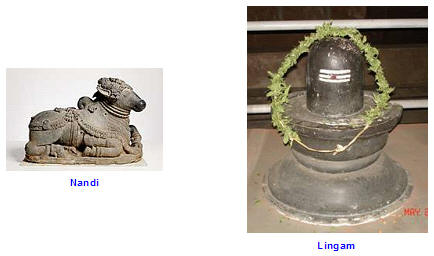 The
question comes up why Lingam is the way it looks. Let me explain. If
there is smoke, there is fire. The smoke is the sign that fire is
present. When you see Washington Monument, you think of Washington,
though the monument does not look anything like Washington. The
monument, everyone decided, should be stupendous and elegant to honor
the First President of the young nation. Just like Washington Monument
is an abstract form of President Washington, Linga is an abstract form
of Siva and a generative principle. Siva, according to Saivites, is the
First God; He is the Father of all beings; He is the First One to say,
"Aham" meaning I, the First I in the Universe. There was no one else in
the universe except His Sakti (Power by His side). Thus, 'Siva and
Sakti' is a unitary force from which the First I (through Sakti)
became He, She, and It, which cover everything in the Universe; I or One
became many. Lingam is an obelisk well grounded in a labial
vestibular pedestal and the aniconic form (Niskala) of Siva. The three
white stripes, sandalwood, red dots, and the serpent at the base of the
lingam have significance. Go to
http://www.bhagavadgitausa.com/lord of dance.htm
LORD OF DANCE
The
question comes up why Lingam is the way it looks. Let me explain. If
there is smoke, there is fire. The smoke is the sign that fire is
present. When you see Washington Monument, you think of Washington,
though the monument does not look anything like Washington. The
monument, everyone decided, should be stupendous and elegant to honor
the First President of the young nation. Just like Washington Monument
is an abstract form of President Washington, Linga is an abstract form
of Siva and a generative principle. Siva, according to Saivites, is the
First God; He is the Father of all beings; He is the First One to say,
"Aham" meaning I, the First I in the Universe. There was no one else in
the universe except His Sakti (Power by His side). Thus, 'Siva and
Sakti' is a unitary force from which the First I (through Sakti)
became He, She, and It, which cover everything in the Universe; I or One
became many. Lingam is an obelisk well grounded in a labial
vestibular pedestal and the aniconic form (Niskala) of Siva. The three
white stripes, sandalwood, red dots, and the serpent at the base of the
lingam have significance. Go to
http://www.bhagavadgitausa.com/lord of dance.htm
LORD OF DANCE
#5a depicts Lord Nataraja, the Lord of
Dance. #5b depicts Siva and
Parvati in anthropomorphic form mounted on a silver bull. Take a look at
the table. Sivalingam is present in all the elements; there is one
temple for each element celebrating Lingam in its elemental form.
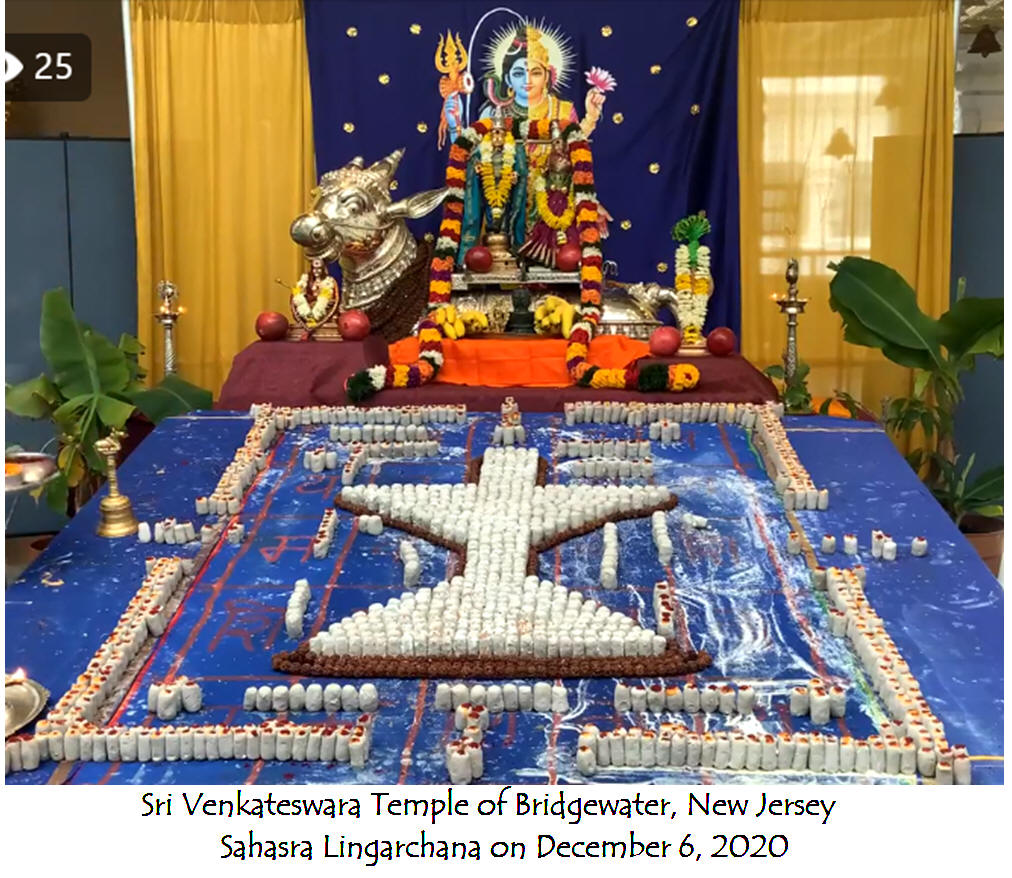
Brahma, Vishnu, and Siva form the Holy Triad. In most of the temples,
Siva is portrayed as Lingam, His abstract Form. Only in pictures, he has
anthropomorphic features. www.bhagavadgitausa.com/primer_in_Saiva_siddhanta.htm
Here is a pictorial depiction of Lord of Dance with its symbolic
meanings of various features of dance frozen in metal. Enlarge image to
read the fine print.
Just behind the Linga Shrine in the corner, you will see syncretic
Ayyappan, divine being born of Hara and Hari also called Hariharan or
Harihara Putra (Hari-Hara son). He has all the spiritual qualities of
both Vishnu and Siva. He was divine by birth, royal by upbringing and
spiritual in pursuit. He was found by king Rajasekhara during a hunt;
since the king had no son, he took him and raised him as his own. The
king belonged to Pandalam Dynasty which ruled parts of South India
between 1200-1500 CE. He was known for his bravery, asceticism and
spiritual enlightenment. He disappeared near Sabarimala and a temple
exists now in His name. Ayyappan #6 in the floor plan; #7 another Lingam
behind the main shrine of Lingam; #8 Lord Murugan and His Consorts
(Powers). #9 Murugan and consorts mounted on Silver Peacock.
The
image next to Lord Ayyappan is that of Lord Murugan with His consorts
Valli and Devayanai, who are in the shrine behind the Lingam Shrine.
Murugan or Skanda is the brother of Ganesa with the elephant face. In
North India He is known as Skanda, Kanthan in Tamil. He carries a spear,
thus Vel Murugan. Vel = spear; Murugan = youth. He has six faces; there
are many legends associated with the six faces. In Palani Temple, He is
portrayed as shaven with a staff and bears the name, Dandayuthapani, the
bearer of the staff. The spear is the piercing spear of spiritual
wisdom. The spear destroys the demons in our mind and gives liberation
to the virtuous and the devoted. Murugan's mount is a peacock and He is
seen here sitting on it with His consorts. Shanmuga's (Murugan)
six heads are symbolic of divine
power, wealth, fame, strength, detachment from passion, and knowledge.
(Next
to the shrine, you will see huge silver bull on which are mounted Siva
and Parvati, on your way out of the corridor behind Linga Shrine. This
is #5b in the floor plan. Here you see elephant-headed Ganesa, Siva,
Parvati and Murugan from your left to right. The ever-present bull is
sitting below them. Aru padai Veedu: There are six holy temples in six
places in Tamil Nadu for Murugan. The most famous composition on Murugan
(Kanthan) is Kantha Puranam by Sivachariyar.
Lord Satyanarayana
(#10) is another form of Lord Vishnu who is commonly worshiped by Hindus
in their homes along with family and friends. The worship is performed
usually on a full moon (purnima) day of the month. People worship by
reciting the gracious story of the Lord which was once told by Lord
Vishnu himself to sage Narada for the benefit of mankind. The Lord's
grace is described in a Hindu book called Skanda Purana. He has four
hands like Lord Vishnu; however, his fourth hand does not hold a lotus
rather it is extended upward to bless people. By Hindunet.org
#11 and #12 are Sri Devi and Bhu Devi, the consorts of Sri Venkatesvara of Balaji Temple.
Take a stroll past all deities until you go behind the Central Shrine in
the hall. When you face the smaller shrines, they are behind the back
wall of the Central Shrine. On your left is the shrine of Lakshmi, also
known as Sri Devi; on your right is the shrine of Bhudevi. Both are the
consorts of Lord Vishnu residing behind the Central shrine. Sri Devi is
the goddess of wealth (Goddess of El Dorado) and prosperity and Bhudevi
is the goddess of earth. Look at the elaborate hairdo of Bhudevi.
These three goddesses form a configuration which helps the human soul
get rid of the Malas (impurities), gain spiritual knowledge and attain
liberation or Moksa. Durga is a demon killer (Kriya Sakti). Demons are
the Tamasic (Dark) demons in our mind: Kama, Krodha, Lobha, Moha, Mada,
Matsarya (desire, anger, greed, delusion, pride, and envy). Once Durga
kills these demons, Lakshmi (Ichcha Sakti) takes over the mind and helps
us get rid of Rajasic Vikshepa
(False perception; distraction; to and fro oscillations of the mind;
gales of desire blowing in the mind) which are hard to remove from the
mind. Lakshmi helps man acquire the Will Power (Ichcha Sakti) and get
rid of remnants of desire and false perception by Upasana (worship).
What is left is ignorance meaning spiritual ignorance. Spiritual
enlightenment is infused by Sarasvati (Jnana Sakti). The eradication of
impurities, desires and ignorance with the help of these three deities
is celebrated for nine days and nine nights, 3 days and 3 nights for
each deity (Navaratri = nine nights). It takes nine days and nine nights
to defeat these demons. Nine manifestation of Mother Goddess (Durga,
Bhadrakali, Amba, Annapurna, Sarvamangala, Bhairavi, Chandika, Lalita,
and Bhavani) are celebrated over nine nights. The tenth day is
Vijayadasami, meaning victory (over the demons of the mind; realization
and emancipation) on the 10th day. It is celebrated in the beginning of
summer and winter. In Puranas, the demons are described as living
beings. Mantras: Om Sri MahaLakshmyai
Namah. Om Sri Durgayai Namah. Om Aim Sarasvatyai Namah.
Read more on the desires of the mind and spiritual ignorance and their
personification as the buffalo demon morphing into an elephant or vice
versa etc; desire is compared to an animal.
DEVI MAHATMYAM.
www.bhagavadgitausa.com/devi_mahatmyam
3.38: As the smoke envelops the fire, as the dust covers the mirror, as
the womb covers the fetus, so passion (desire) obscures the wisdom.
Bhagavad Gita C3V38.
Removal of Avarana and Vikshepa.
Avarana = Veiling caused by spiritual ignorance. Vikshepa = oscillating
mind of desires, scattering, tossing, throwing, discharging. Spiritual
Ajnana, Avarana and Vikshepa are linear elements. Ignorance and Avarana
are like a cataract in the eye preventing Light (of Wisdom) reaching the
eye and brain (soul). This veil or cataract prevents the Light of Sat
and Cit of Brahman from reaching the soul. They are impediments to
spiritual progress. In the absence of spiritual wisdom (Saktinipatam =
descent of Wisdom as in Saiva Siddhanta) coming into the soul, the mind
jumps from one desire to the next illustrated by the morphing of the
desire-demon from an elephant to a buffalo. When one desire is killed,
another desire pops up in its place in an endless fashion. It is the
whipping gale of desire, its many variants, permutations and effects.
On a philosophical note, Vikshepa Sakti is driven by Ajnana (ignorance)
and desire. Mind is the stage wherein the Vikshepa demon jumps from one
desire to the next in an endless fashion. One desire morphs into another
one when you kill the preceding desire. It is removed by Nishkama karma,
action without expectation of rewards or desireless action. As in
cataract extraction, you remove this ignorance by Avarana Bhanga
(removal of the veil [cataract] by Upasana, worship). To illustrate
this concept of eradication of the clonal colony of desires,
Mahalakshmi sucks the marrow dry and drinks the last drop of blood of
the demon (of desires) so he does not shed any more blood and make more
clones of himself (desires) arising from the dripping blood.
Mahalakshmi presides over this stage and overcomes Rajasic Avarana and
Vikshepa. The end result is enlightenment. Note: Ancient Indian seers
had an idea of cloning. Whenever the demon shed a drop of blood, that
drop of blood became another demon (desire).
|
Sharada Navaratri -- Newsletter from Siva Vishnu Temple
Lanham Maryland October 2012 |
|
Monday Oct. 15 - Tuesday Oct. 23, 2012 |
|
Sharada Navaratri, as it is called since it occurs during
the fall season (Sarad Ritu) is one of the most popular
Hindu festivals spanning a period of nine nights. The
Goddess in the form of the Universal Mother is commonly
worshipped during the nine nights and ten days and hence it
is also known by the name of Devi Navaratri. Three aspects
of the Divine Mother, namely Durga, Lakshmi and Saraswati
are worshipped during the nine nights, the tenth day being
celebrated as Vijaya Dashami. It is considered auspicious to
start new ventures, especially in the field of education, on
Vijaya Dahsami. Reading the Durga Sapta Sati (also known as
Devi Mahatmyam) and Ramayanam is also common during the
Navaratri. Special Pujas are scheduled in the temple during
the ten days. Devotees are encouraged to participate
personally in the Sahasranama Archana daily. |
The next shrine shows Lakshmi-Narayana, the manifestation of the Central
deity Vishnu and the goddess of fortune. This conjoined form of Lakshmi
and Narayana (Vishnu) depicts that in the Supreme State, Vishnu is one
with His Sakti (power) Lakshmi. They are one Supreme Being without
distinction. Narayana means He in whom abide the waters (of creation).
Remember the amniotic fluid surrounding the unborn fetus. Similarly, His
waters of Creation are called the Causal Ocean. Universes emerge from
His sweat pores. Narayana is no other than Vishnu, the Presiding Deity
of the Temple. Just a note: Vishnu has at least 1008 names. The priests
chant His 1008 names (Sahasranama). I bet your parents, friends and
family have special endearing names for you; thus you have many names.
Because He is the Supreme God, the devotees chant His Mantra to invoke
Him: "Om Namo Narayanaya." It
means, Om, Prostrations to Lord Vishnu or Narayana. See
Lakshmi-Narayana #16: the couple with crowns.
The next shrine is that of Radha-Krishna (#17). Here
Krishna is the Supreme Soul of the universe and Radha is the individual
soul. The love that the individual soul has for the World Soul and their
interrelationship is portrayed here as that between Krishna and Radha.
All individual souls (Monads) emerged from the World Soul; we are
related to him every which way you can think of. The individual soul
pines for the Greater Soul and wants to merge with Him-liberation from
the world of misery. In its highest form, it is called Krishna
Prema--Love of Krishna. #17
a is the Sesa the humongous cosmic serpent in silver, described in the
beginning.
We are in one way pulled by the forces of material world and in another
way pulled by the spiritual force of the Great Soul. This is like love.
The magnetism between man and god is compared to love between man and
woman; in this instance it is called Krishna Prema (love of Krishna).
Gitagovindam glorifies this relationship in songs which can be compared
to the Hebrew Song of Songs. The Christian Church says the sensual
imagery of the Biblical "Song of Songs" symbolizes Christ's love for His
Bride, the Church. Ref: Woodroffe, Garland of Letters, page 182- 183.
Krishna is one of the Avatars of Vishnu. Go to
http://www.bhagavadgitausa.com/Gitagovindam
Rama is the central persona of the Great Epic, Ramayana. Rama (#18) is an incarnation of Vishnu and this scene shows from left to right Hanuman on his knee with both hands held together in homage and reverence, Lakshmana the brother of Rama and his constant companion, Rama in the middle and Sita, Ramah's wife. Ramachandra = Rama beautiful like the moon. Rama was a prince ready to ascend the throne; palace intrigue by his step-mother deprived him of his kingdom, and He was banished to the forest. During his stay in the forest in South India his wife Sita was abducted and taken to Ceylon, the modern Sri Lanka. Hanumat, the leader of ape-like beings joined Rama with his troops and helped Rama locate and recover Sita from the demon-king Ravana. If you have seen the movie, Planet of the Apes, you will have an idea of who Hanumat looked like. In the battle, Ravana died; Rama rejoins His wife. Hanumat or metronymic Anjaneya (named after his mother) became the most revered devotee of Rama. The foursome are called Ram Parivaar (Rama's family). The meditation Maha Mantra of Rama and Krishna is as follows: Hare Rama Hare Rama, Rama Rama Hare Hare; Hare Krishna Hare Krishna, Krishna Krishna Hare Hare. #18a = The Silver elephant, the mount of Rama.
Anjaneyar/Hanuman Decoration on April 9, 2020 Bridgewater Balaji Temple, NJ Facebook
The next shrine that you see is the Shrine of Hanumat or
Anjaneya (#19) right across from the Rama's Shrine to the
right. You can recognize Him by His physiognomy as described earlier. He
is heavy-jawed and so named Hanumat. You see him carrying a mountain
peak in His hand and is poised on a flight to see Rama in the battle
field. Ramah during the battle was exhausted and so needed a tonic to
fight battle fatigue. Anjaneya flew to Himalayas and not knowing the
herb needed for recuperation, broke the mountain top where it grew and
brought it to Rama, who recovered from eating the herbal medicine. There
is no devotee as sincere as Hanumat is. He is the epitome of devotion to
Rama and thus, has a place in the House of Worship and in our hearts.
His Mantra is Om Sri Hanumate Namah.
Swami Vishnu Devananda says: Hanumat is the perfection of devotion. He
is the greatest and the most selfless devotee of Lord Rama. In the Hindu
tradition, he is considered to be a semi-deity (Demi-god), for he is the son of the
wind-god (actually Siva) and an Apsara, Anjana. He possess strength and courage.
You will see a raised platform with a cluster of figurines in the
north-east corner of the temple premises. These are the Navagrahas-nine
planets, which are under the purview of the Mother Goddess and other
deities. It is the Hindu belief that the planets have an impact on an
individual's life, the community and the nation. They are clustered
around the Sun and all of them are facing in the four directions, not
seeing each other. Here in the picture the configuration appears
different.
Their configuration and relative positions are according to Agamas. The
Sun is in the Center. #20 to the right
The following figures are not in the temple. This is the famous dance of
Siva. His right ear ring fell on the floor while He was dancing. In a
fluid movement, he picked up His earring with His right toe from the
dance floor and put it on his right ear. See the ring on the right big
toe. See the grace, fluidity, the dynamic pose and the still head in all
his movements. The dwarf under His foot is Apasmara Purusha, an
embodiment of spiritual ignorance. He is the Yogi of all Yogis. He has a
third eye of wisdom in the middle of the forehead. Sometimes, fire emits
from his third eye. His eyes are the Sun, the Moon and the Fire. Saiva
Siddhanta philosophy is one of the most celebrated one in the world of
religions.
Primer in Saiva Siddhanta
He is white as snow and His wife is black like eye-lash liner
(Mother Goddess Kali). Mahakali is the one who swallows Time, and the
Mother of all beings and gods. Daksina means "south, gift, right." Yama
is the Lord of death and lives in the south. He is afraid of taking
Kali's devotees to Yama Loka, the abode of death, so She is called
Daksina Kali. The other explanation says that She offers the gift that
guarantees liberation. The third explanation says that She is Daksina
Kali because she plants her benign right foot on Siva over his chest
where the heart is. She places her dangerous left foot on the demons and
the wicked who succumb to Her wrath. Kali in the cremation grounds
(Smasana Kali) has Her left foot forward in the company of ghosts,
ghouls, jackals, and fearsome companion Mothers. (Mothers: Think of
Charlie's Angels with skills like deathly Martial Arts.) Another
plausible explanation suggests that south-facing Daksina-Siva or
-Bhairava adulates and worships Kali. The town where there is Kali
temple is called Daksinesvar. When you ask devotees which Kali they
prefer, the informed ones prefer Kali with left foot forward (Vama
Kali), because a devotee rises above the good and the bad, renounces the
world and achieves liberation quickly. Her third eye strikes terror in
the demons and the wicked. The three eyes represent triads: the sun,
moon and fire; the past, present, and future. Third eye stands also for
eternal wisdom. The demons are the demons of the mind as said before. By
this time, you would have noticed that there is a lot of symbolism in
Hindu imagery.
Balimaharaja usurped the kingdoms of Heaven and earth., thus angering
gods. No one could vanquish him. Gods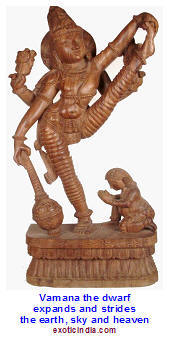 complained to Lord Vishnu that Bali vanquished them, took and ruled the
heavens. Vishnu is the God of gods. He listened and devised a plan to
conquer him without blood-shed, because Bali was His devotee. He took
birth (incarnation) in a Brahmana family; He was a dwarf and his name
was Vamana, who most likely suffered from Growth Hormone Deficiency. In
this case, Vishnu willed that He became a dwarf to dupe, whoop and
scoop. His size fooled the king. Lord Vishnu knew that Bali was a
generous King. He asked the king for a piece of land equal to three
strides of His feet. Little did Bali know the trick up the sleeve of
Vishnu. Bali's Chief priest Sukra warned the king not to accede to His
request. Bali being a generous and magnanimous king, agreed to donate
land equal to three strides to the dwarf. Immediately, Lord Vishnu
expanded to High Heavens and beyond, measured the earth in one stride,
the heavens in the 2nd stride and had no land for the third stride. He
demanded Bali for the third stride of land. He had no land and pointed
to his head as the land. Immediately Vamana put his foot on Bali's head
and pushed him down to the Nether world. (See the inset: Vishnu measured
the earth and heavens and Bali ready to offer his head as the third
piece of land.) Bali was not killed and the Lord made him the king of
the nether world and restored the Heavens to the gods. This is one of
the most celebrated Avatars (Incarnation) of Vishnu, because there was
no violence. When you go around the main shrine, you will see little
statues depicting the Avatars of Vishnu. By the way, Vishnu is a strict
Lacto-Vegetarian. He does not accept animal sacrifice. He is a
thoroughly benign God of Vaishnavites and all humanity.
complained to Lord Vishnu that Bali vanquished them, took and ruled the
heavens. Vishnu is the God of gods. He listened and devised a plan to
conquer him without blood-shed, because Bali was His devotee. He took
birth (incarnation) in a Brahmana family; He was a dwarf and his name
was Vamana, who most likely suffered from Growth Hormone Deficiency. In
this case, Vishnu willed that He became a dwarf to dupe, whoop and
scoop. His size fooled the king. Lord Vishnu knew that Bali was a
generous King. He asked the king for a piece of land equal to three
strides of His feet. Little did Bali know the trick up the sleeve of
Vishnu. Bali's Chief priest Sukra warned the king not to accede to His
request. Bali being a generous and magnanimous king, agreed to donate
land equal to three strides to the dwarf. Immediately, Lord Vishnu
expanded to High Heavens and beyond, measured the earth in one stride,
the heavens in the 2nd stride and had no land for the third stride. He
demanded Bali for the third stride of land. He had no land and pointed
to his head as the land. Immediately Vamana put his foot on Bali's head
and pushed him down to the Nether world. (See the inset: Vishnu measured
the earth and heavens and Bali ready to offer his head as the third
piece of land.) Bali was not killed and the Lord made him the king of
the nether world and restored the Heavens to the gods. This is one of
the most celebrated Avatars (Incarnation) of Vishnu, because there was
no violence. When you go around the main shrine, you will see little
statues depicting the Avatars of Vishnu. By the way, Vishnu is a strict
Lacto-Vegetarian. He does not accept animal sacrifice. He is a
thoroughly benign God of Vaishnavites and all humanity.
Dated April 9, 2020
